All of the third building is devoted to the Cold War:
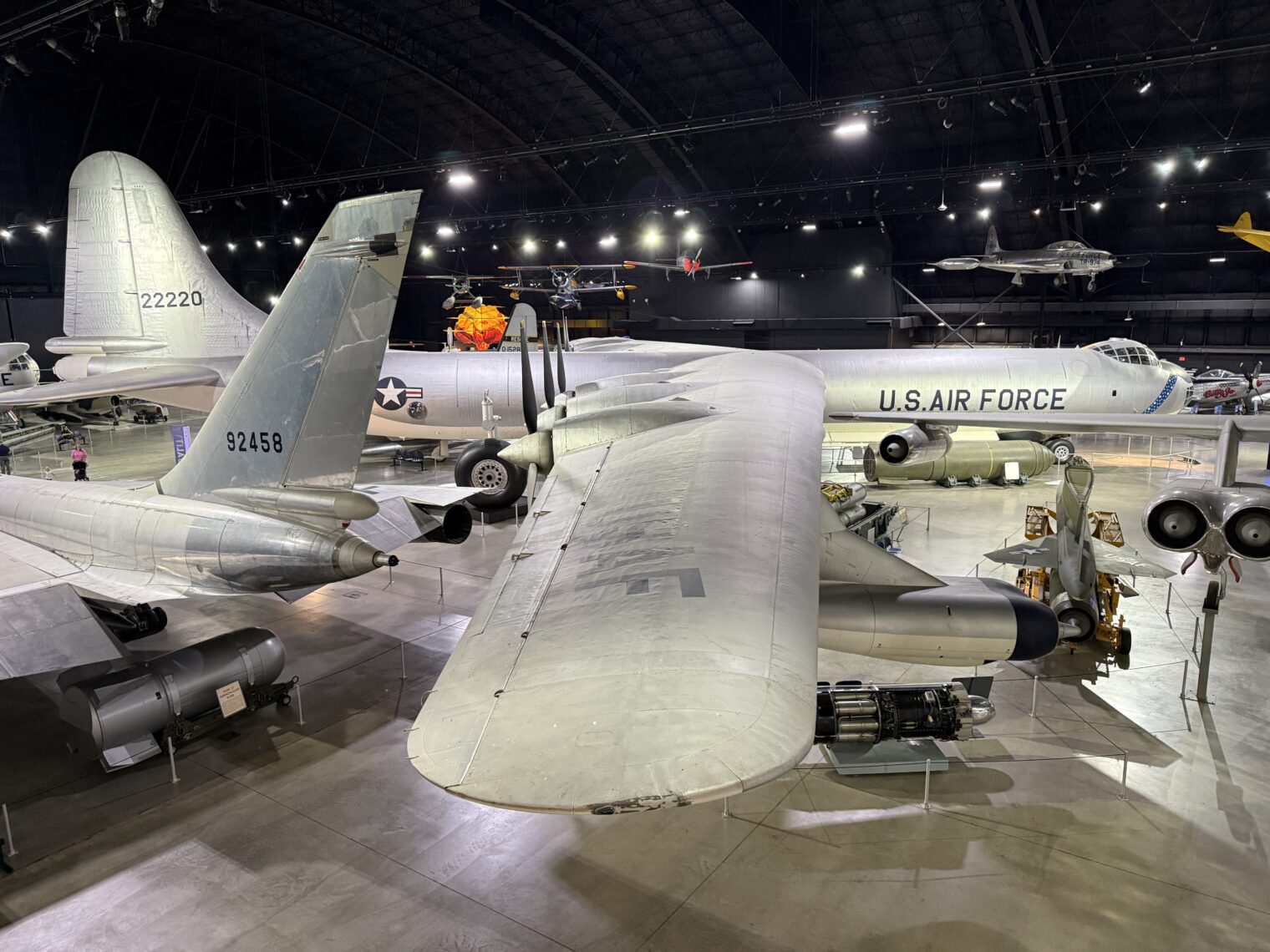
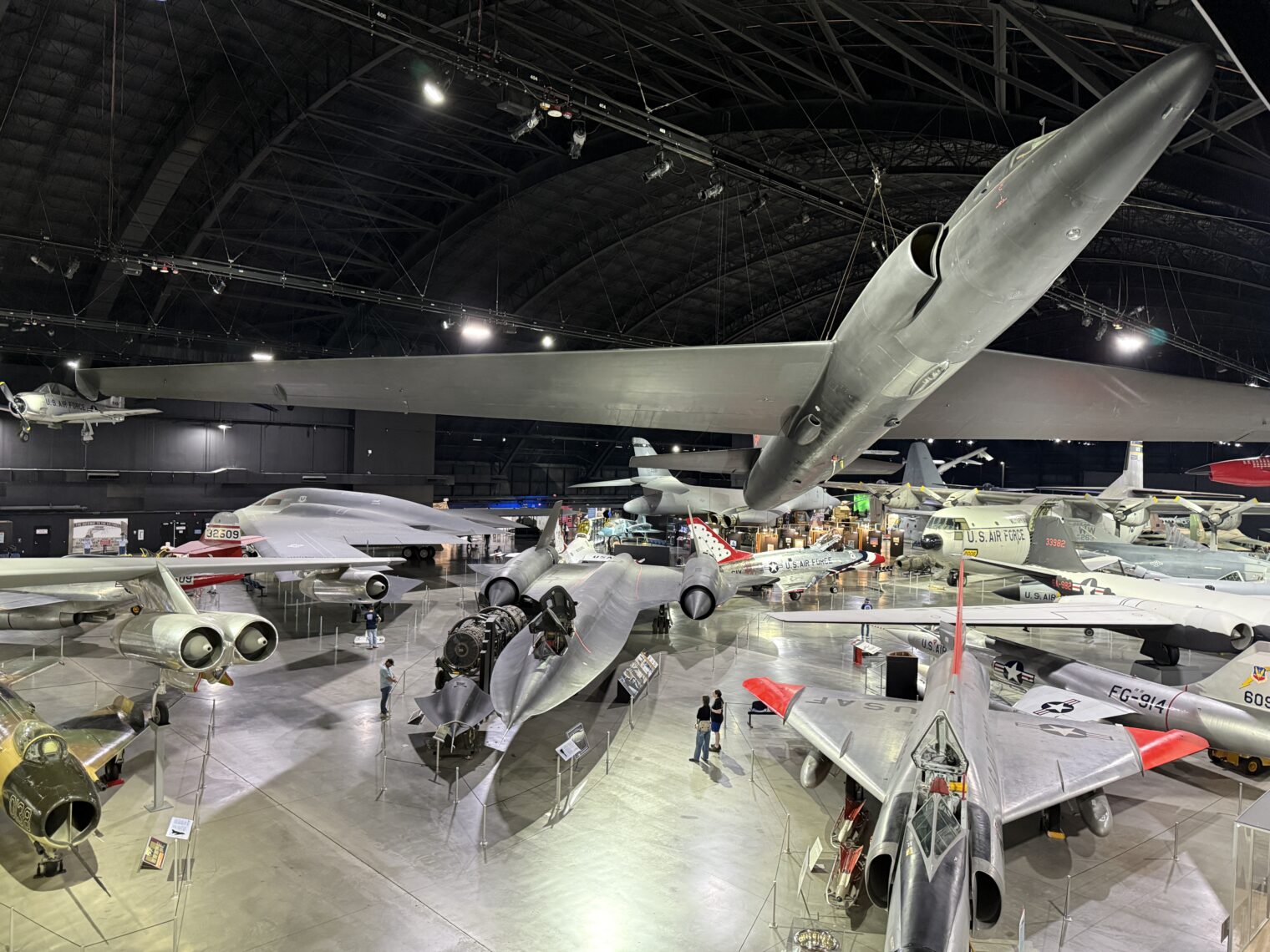
Highlights of this hangar include the 10-engine B-36 “Peacemaker” and more familiar but still awesome machines such as the B-1, the SR-71, and the U-2. The primary heroes of the Cold War identified as “women” (as the term was understood by the primitive people of the 1950s and 60s):
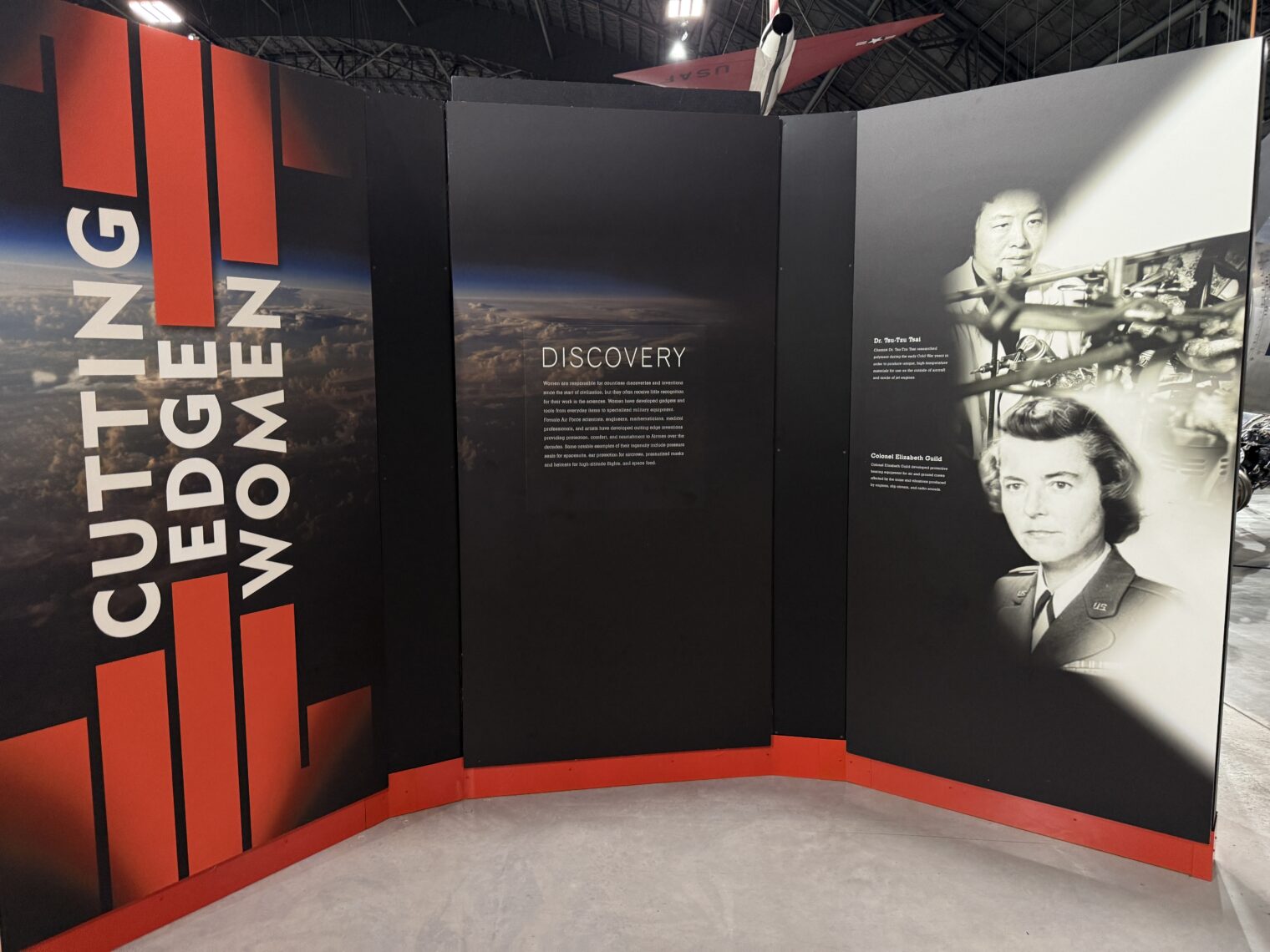
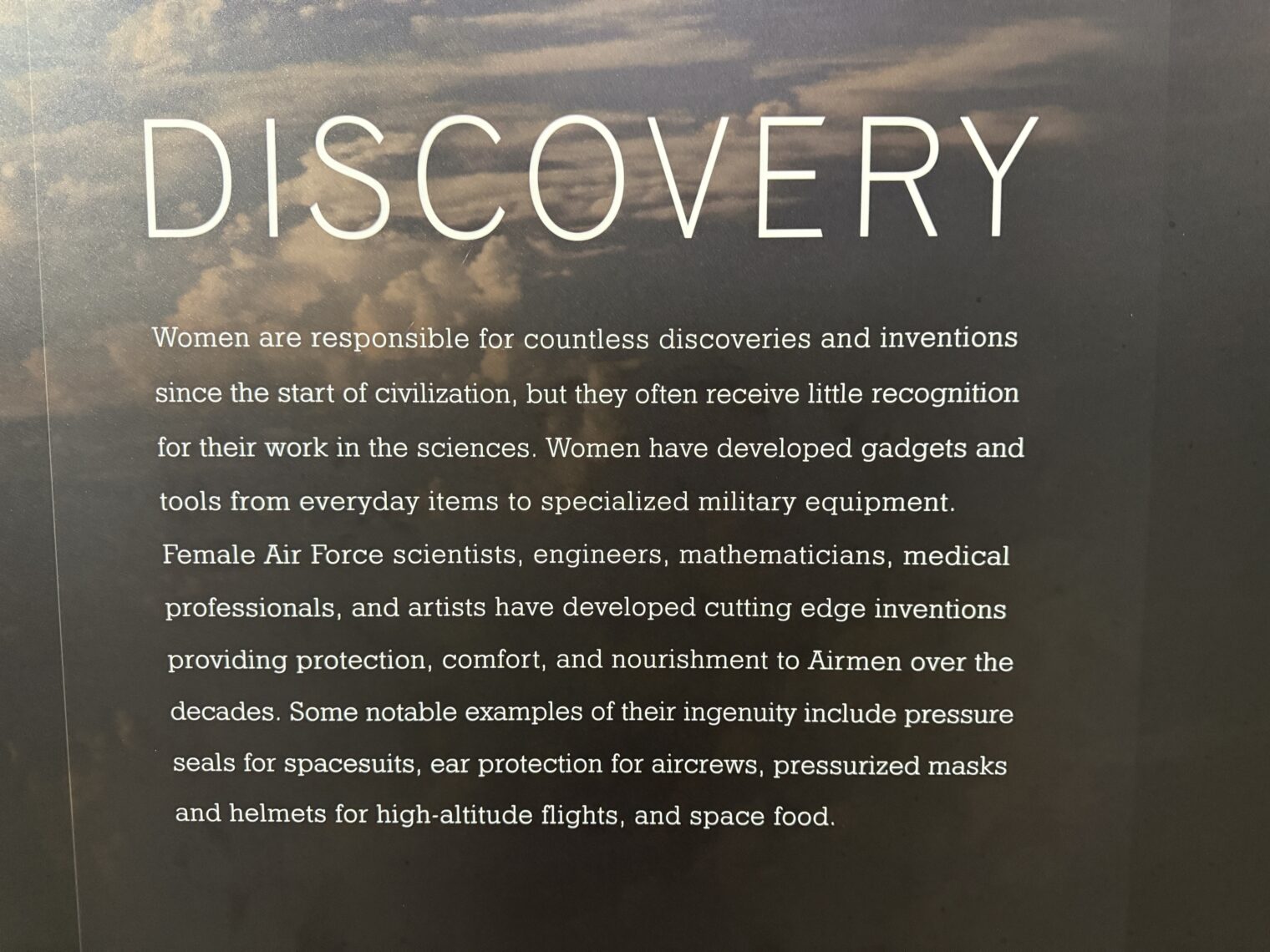
The Air Force reminds us that “women are responsible for countless discoveries and inventions” (e.g., female engineer Kelly Johnson of Lockheed who led the P-38, U-2, and SR-71 design teams). The next hangar in the tour (building 4) has many reminders of the terrible ideas perpetrated by the inferior sex. Here’s a Canadian flying saucer, for example, and the Goblin fighter that would be dropped from the B-36 Peacemaker to fight then would return to the bomber mothership.
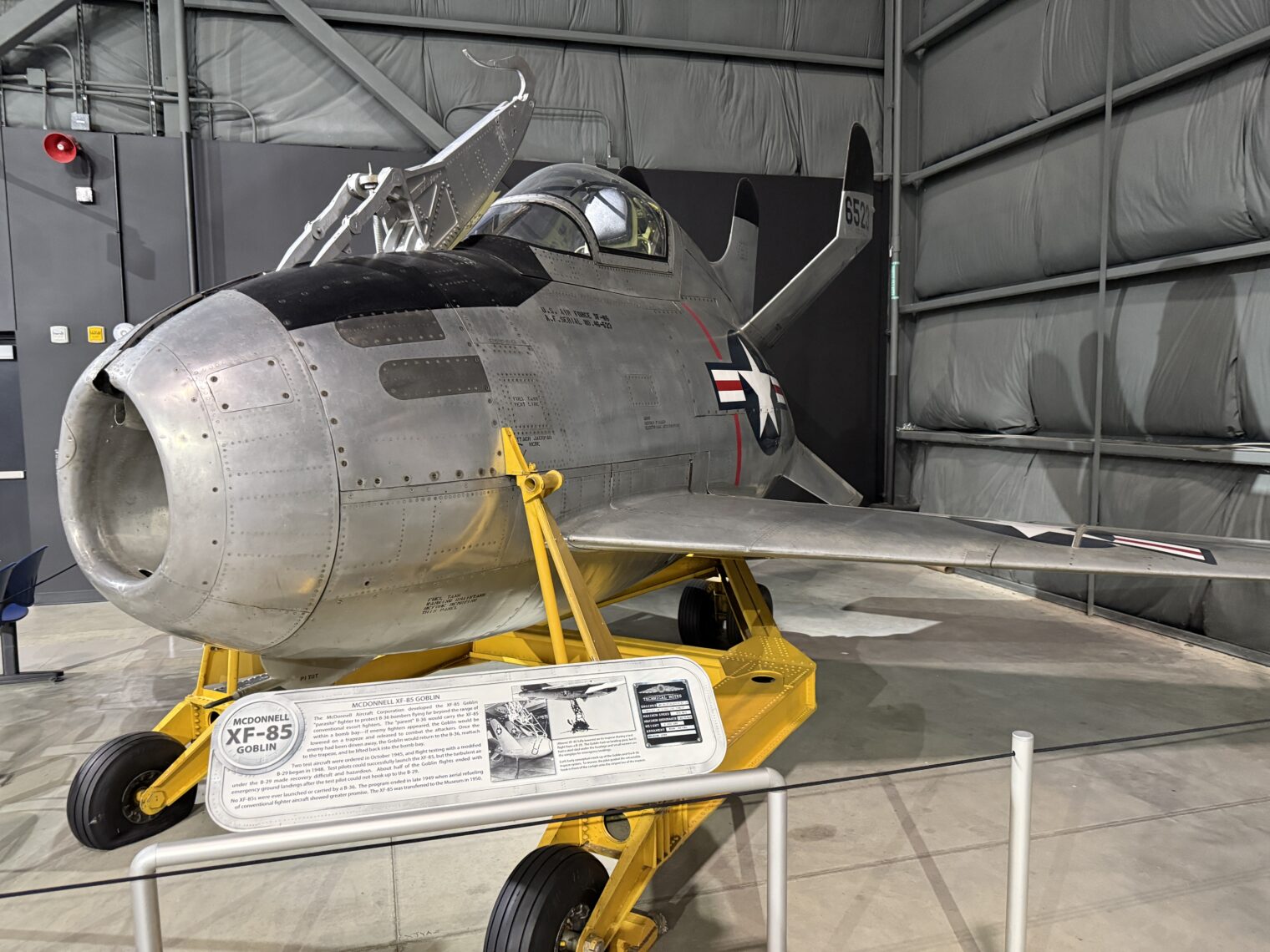
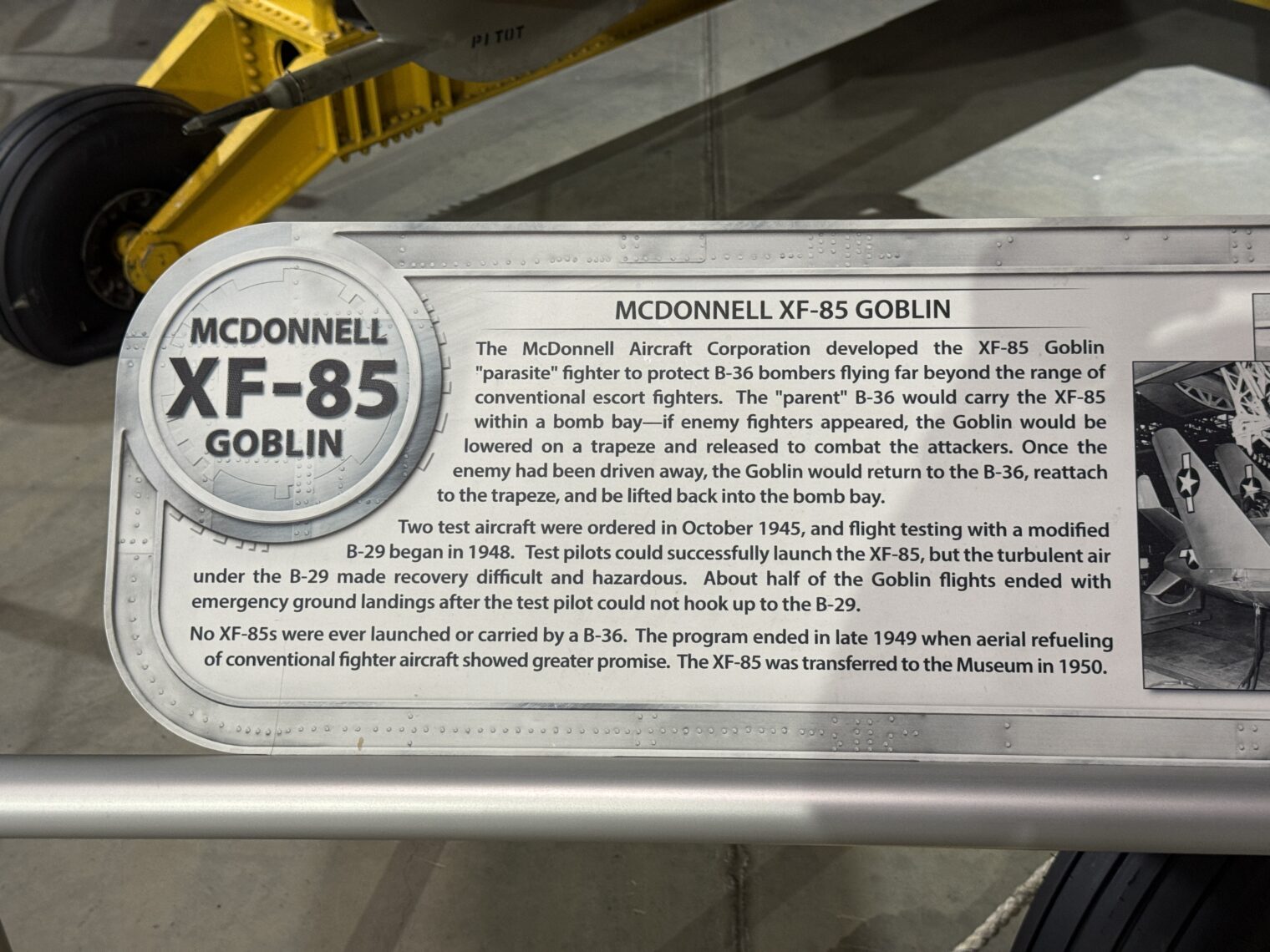
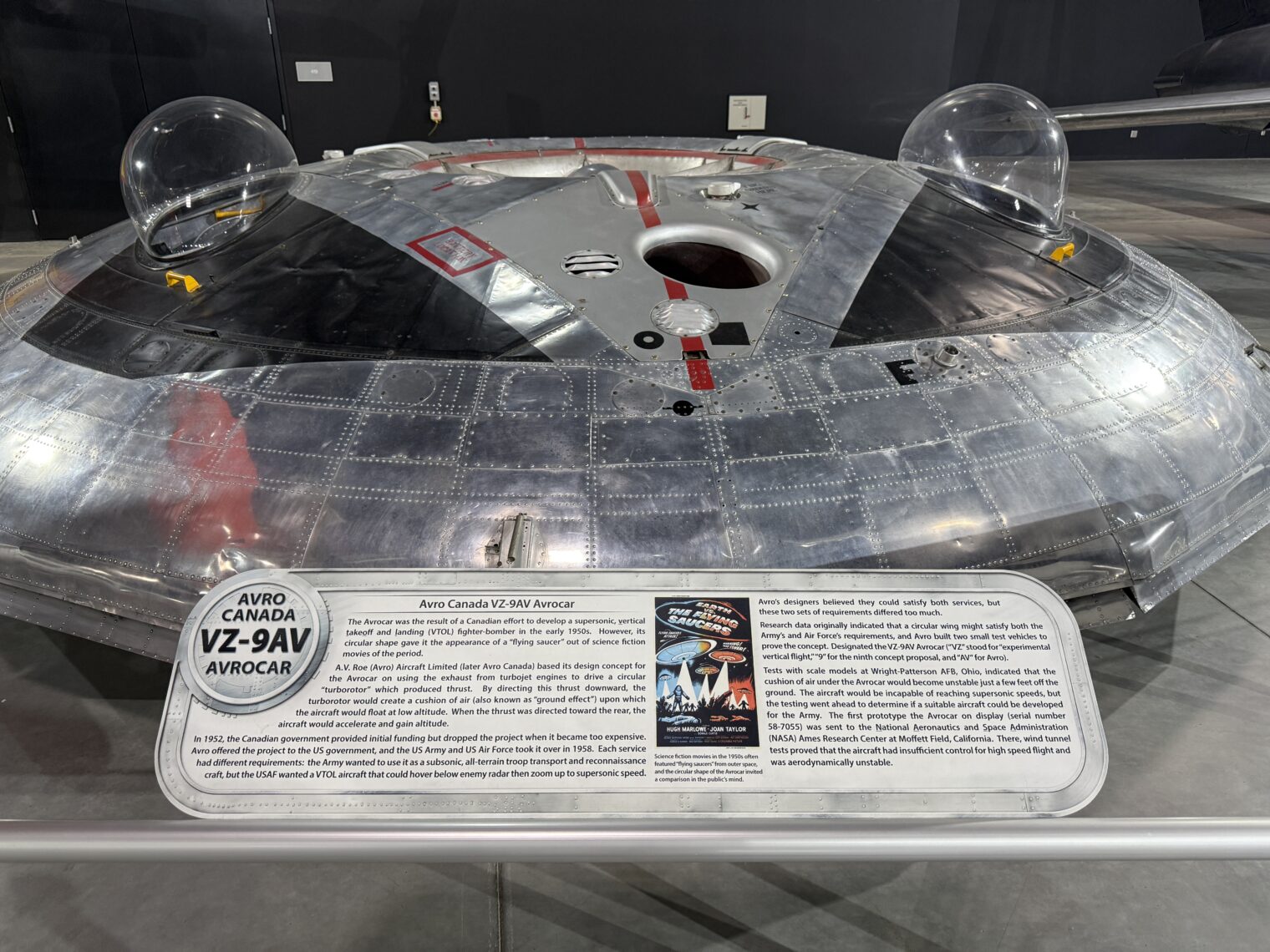
Here’s another “parasite” idea:
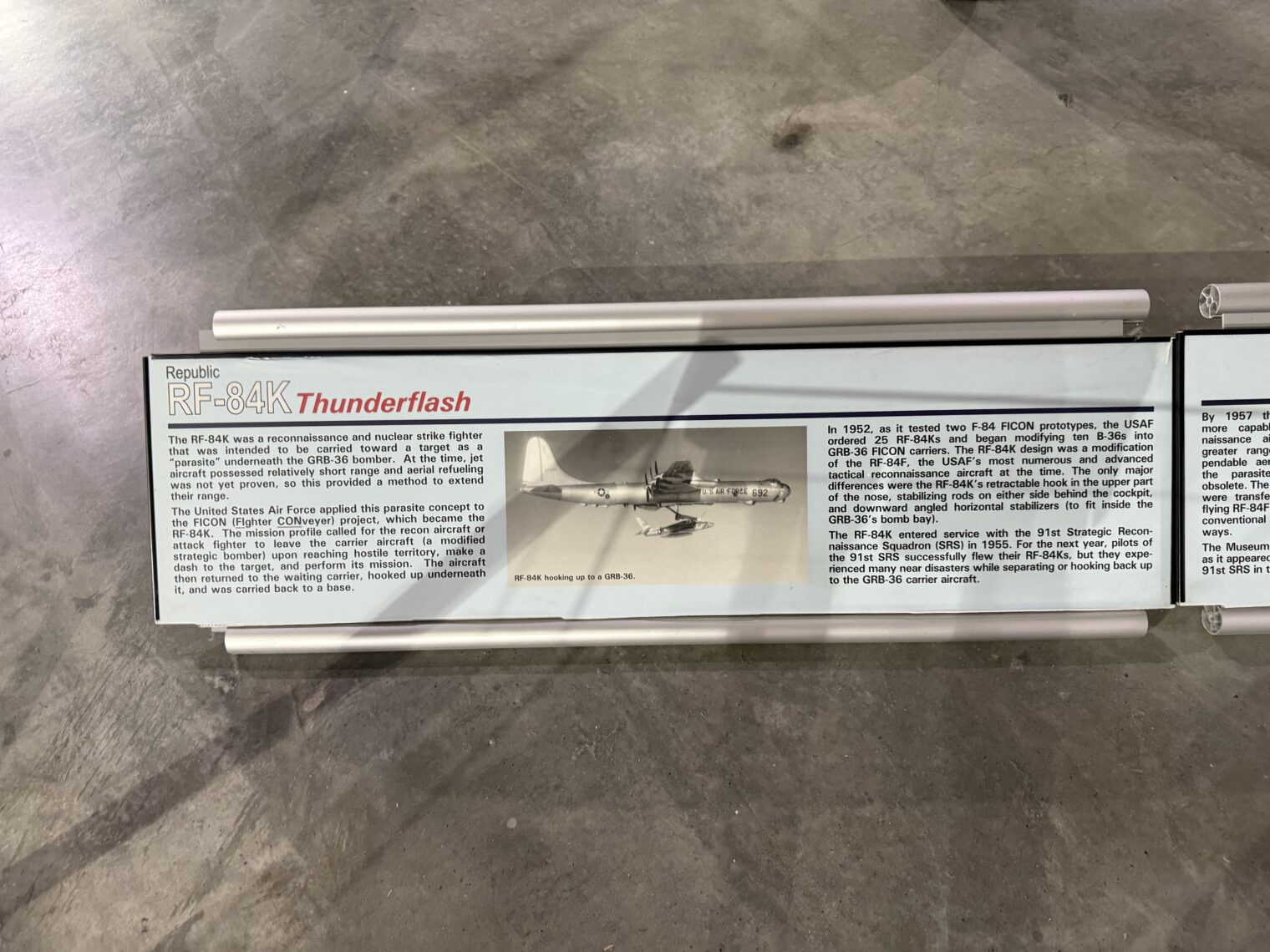
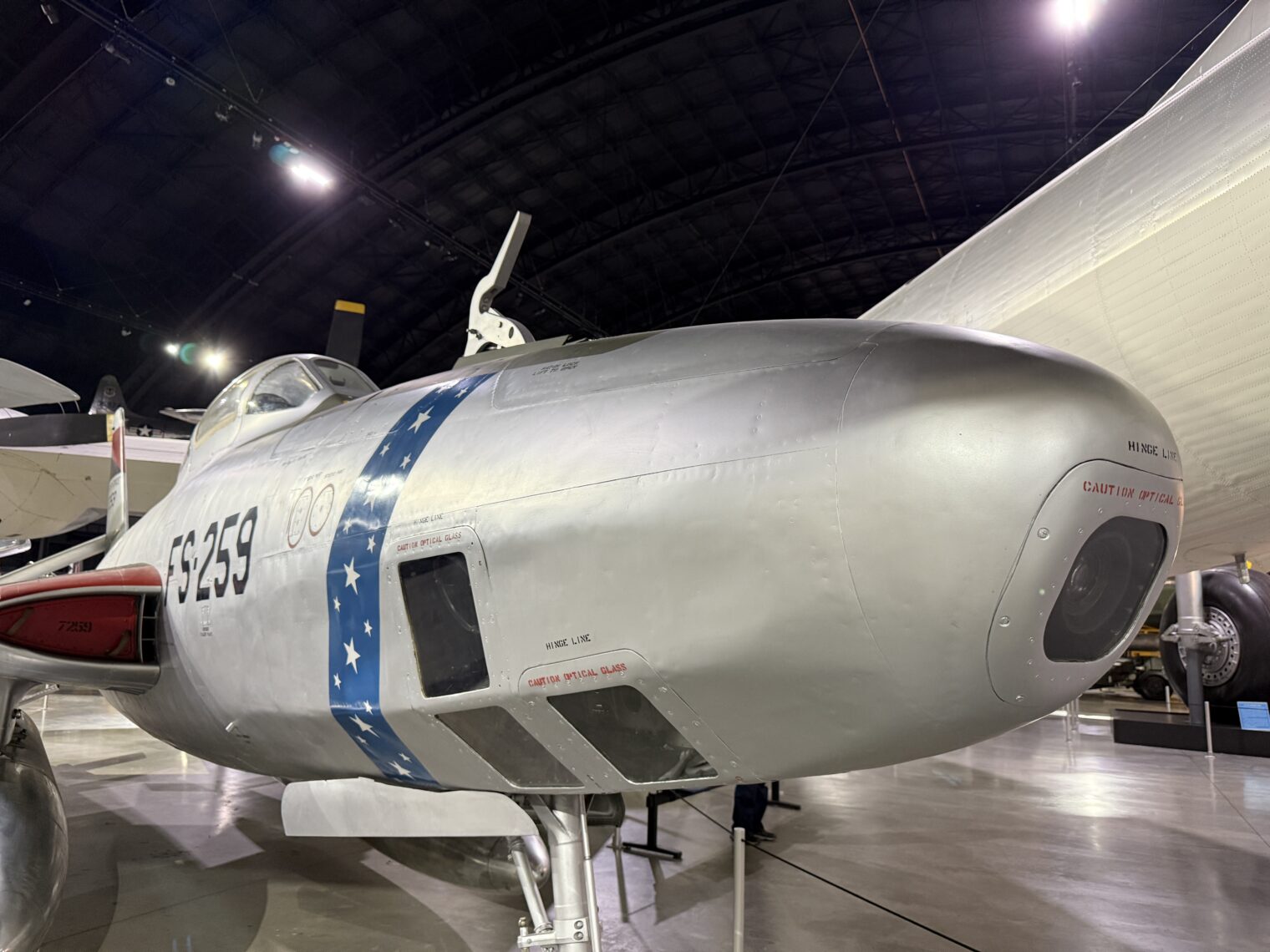
Men also came up with some terrible tilt-rotor ideas:
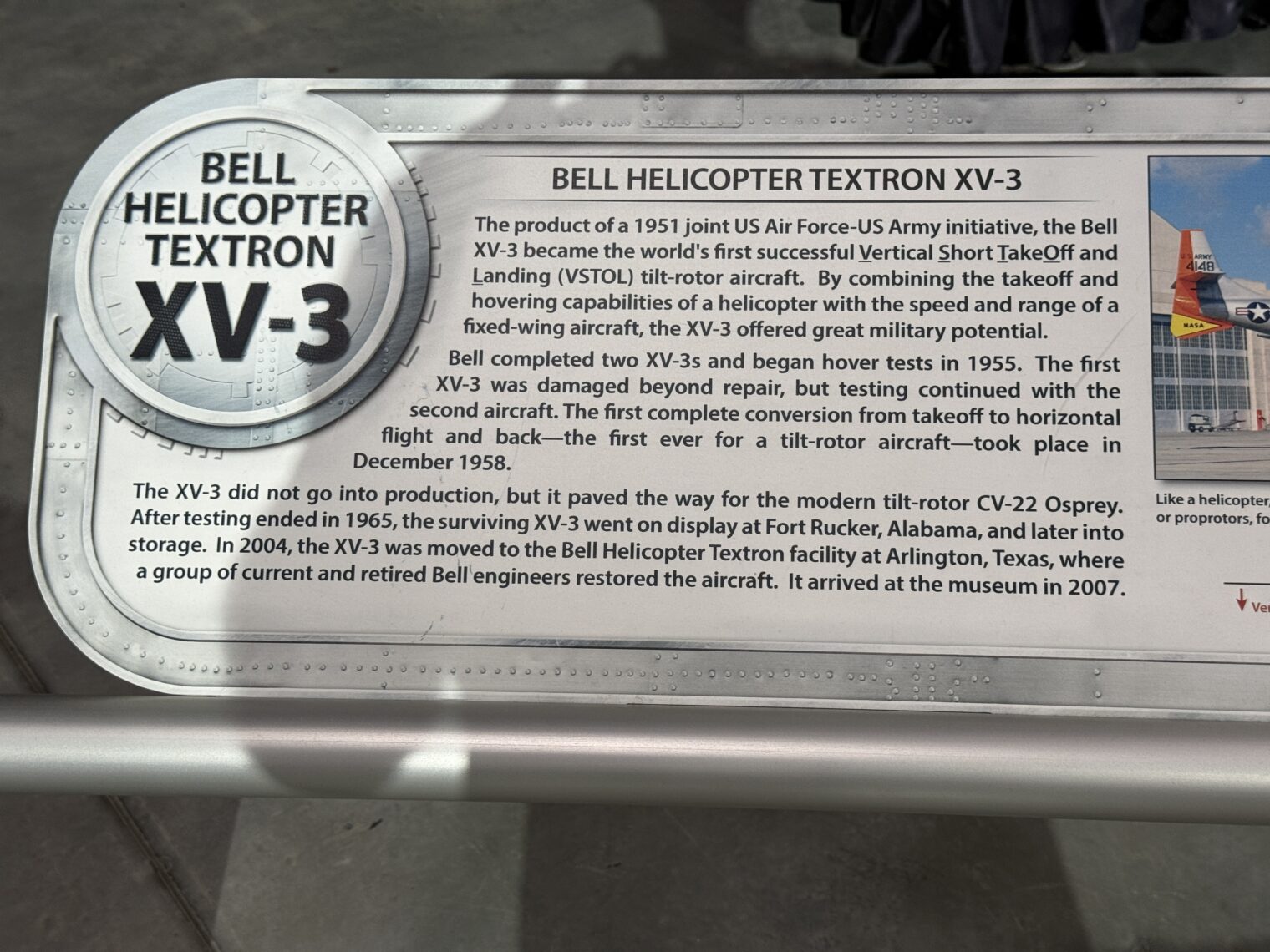

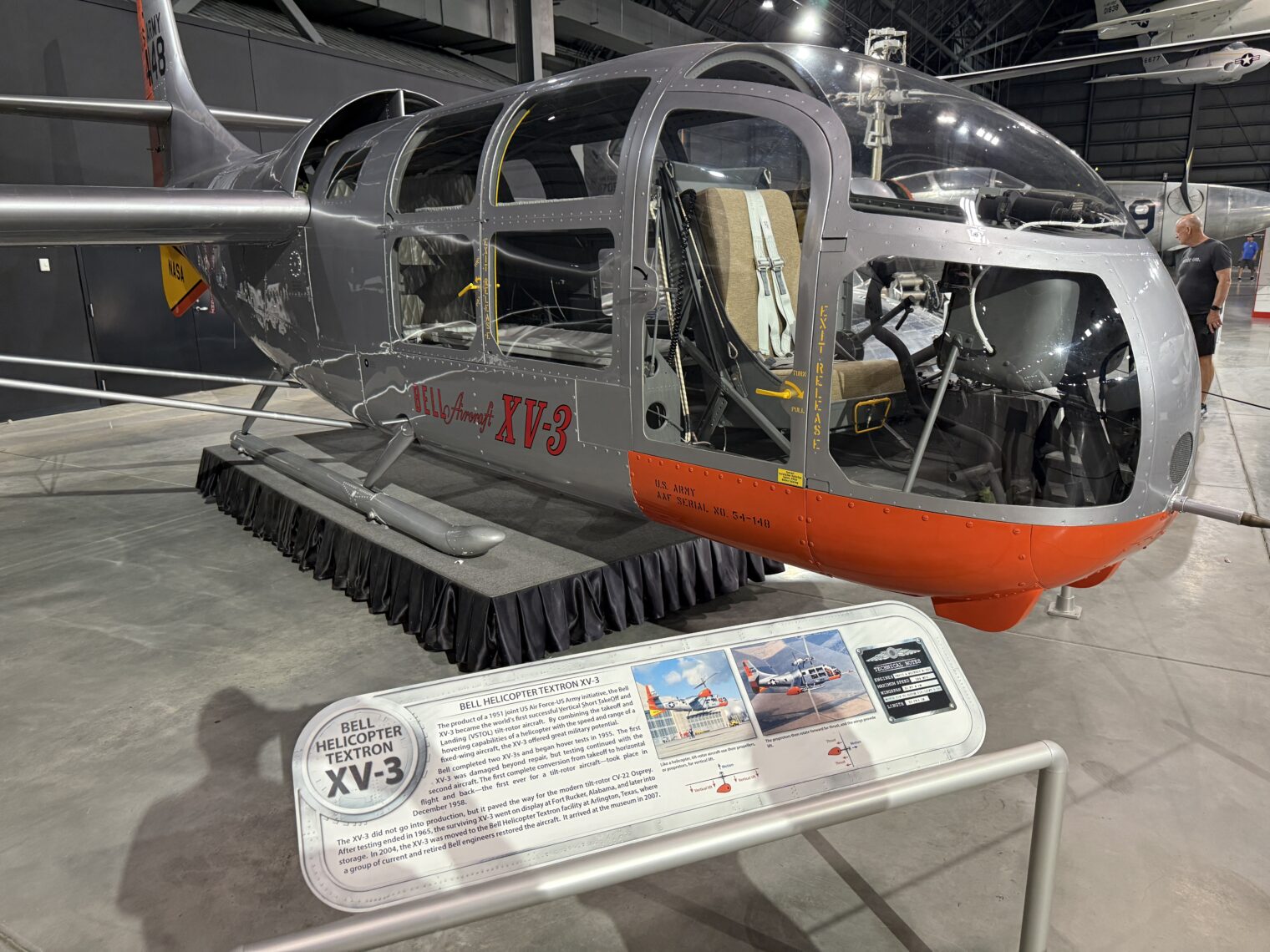
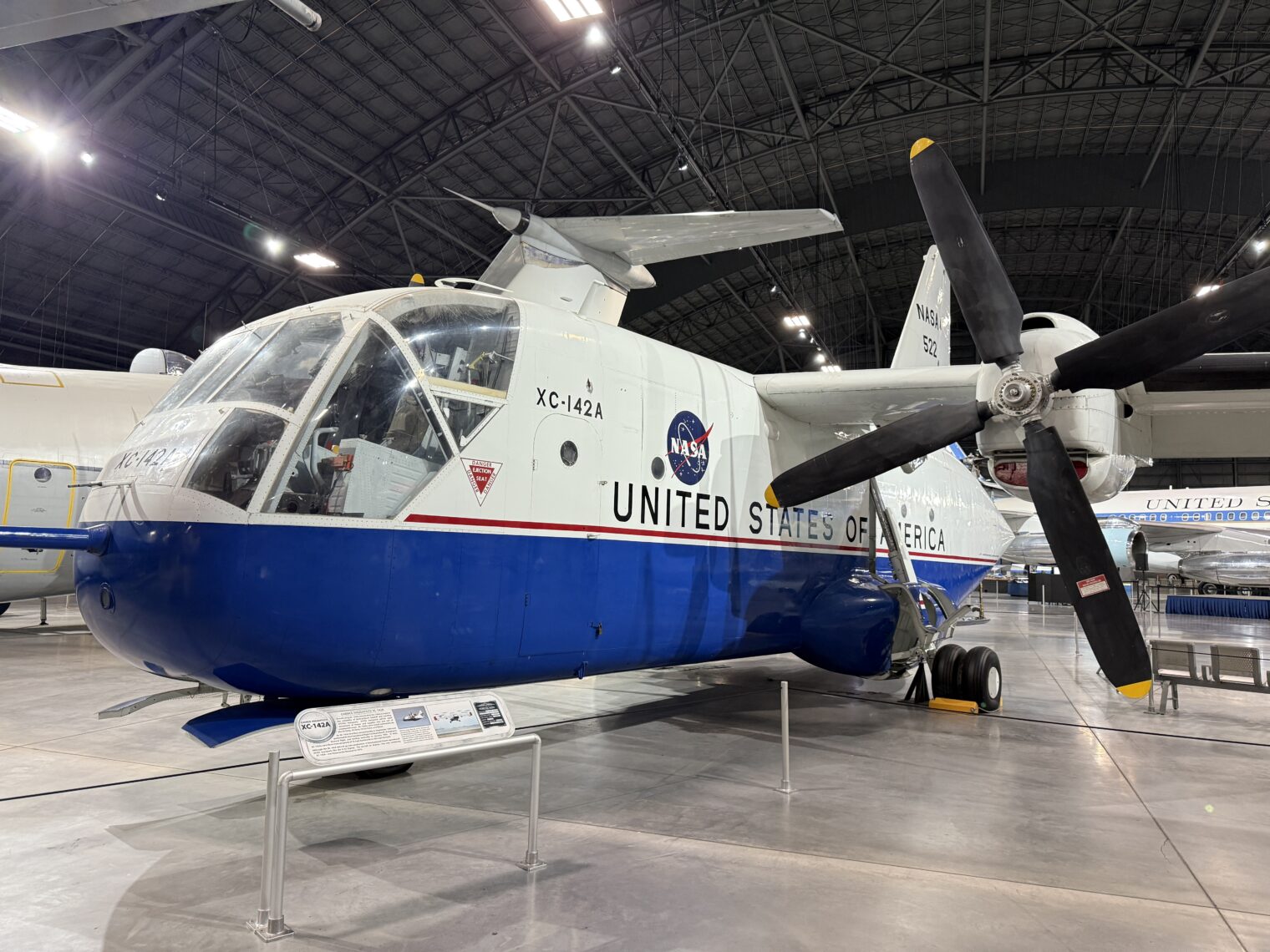
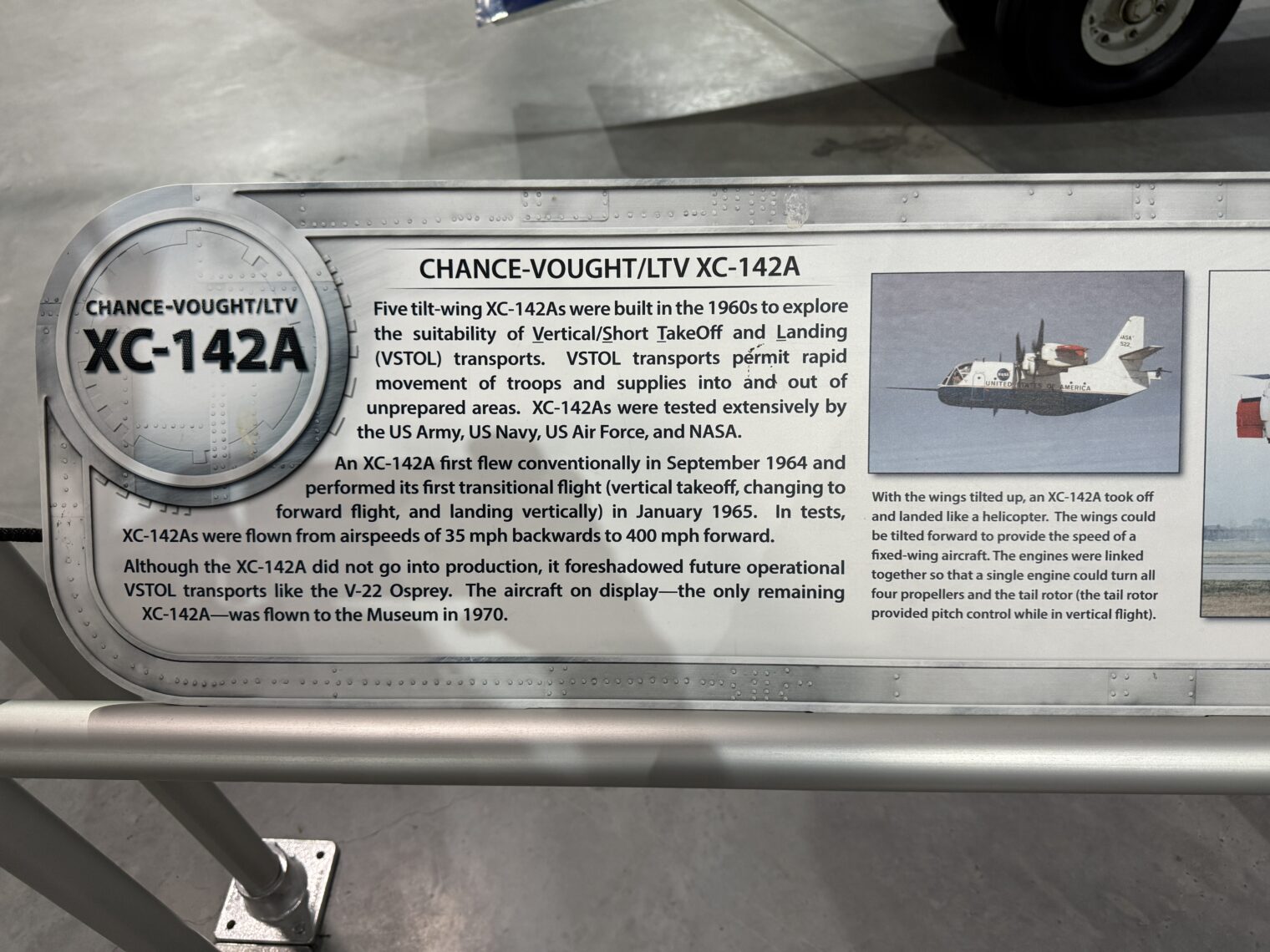
The Cold War hangar also showcases the contributions of mighty piston-powered aircraft. Who knew that the USAF operated the Grumman Albatross?
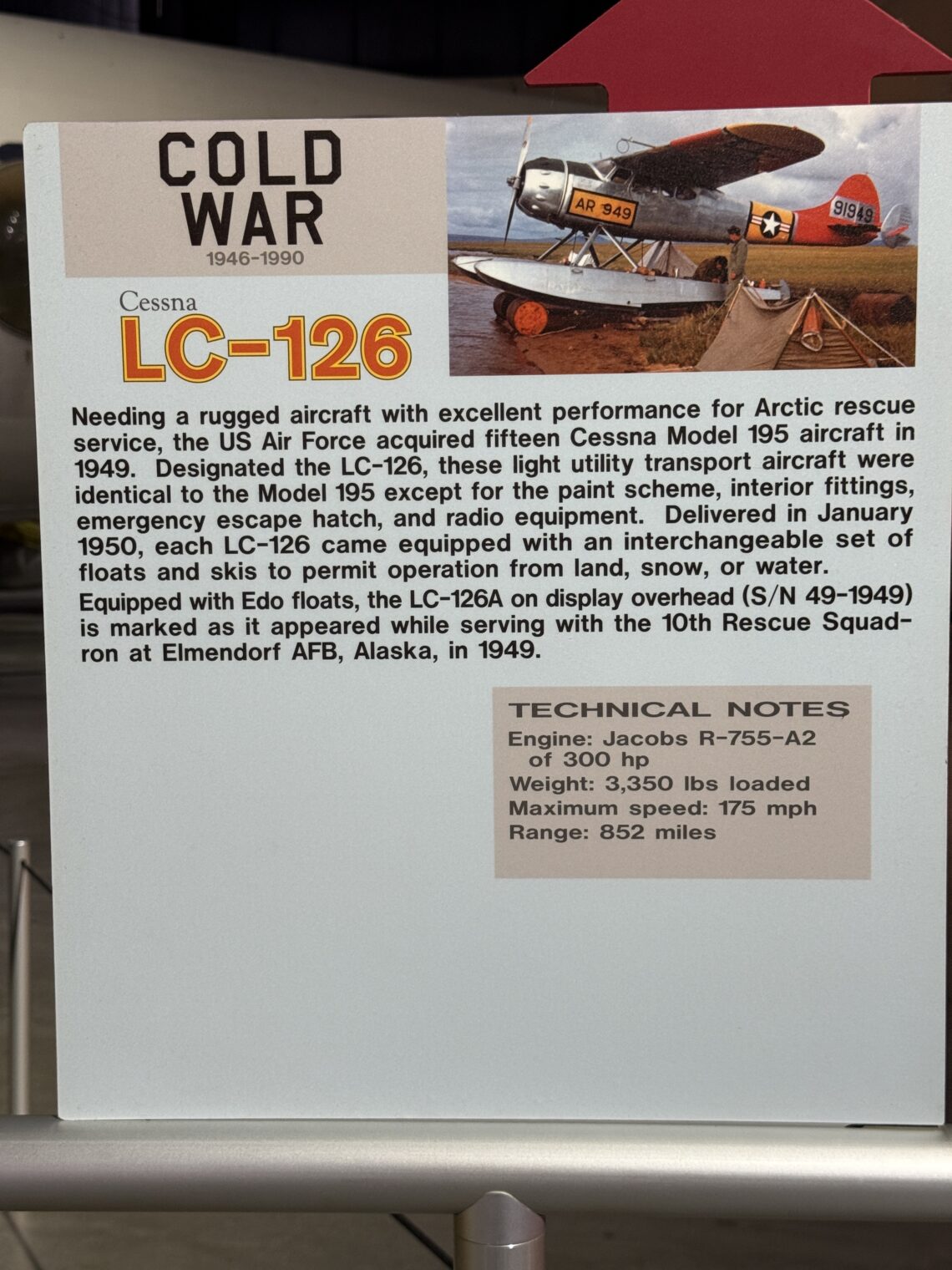
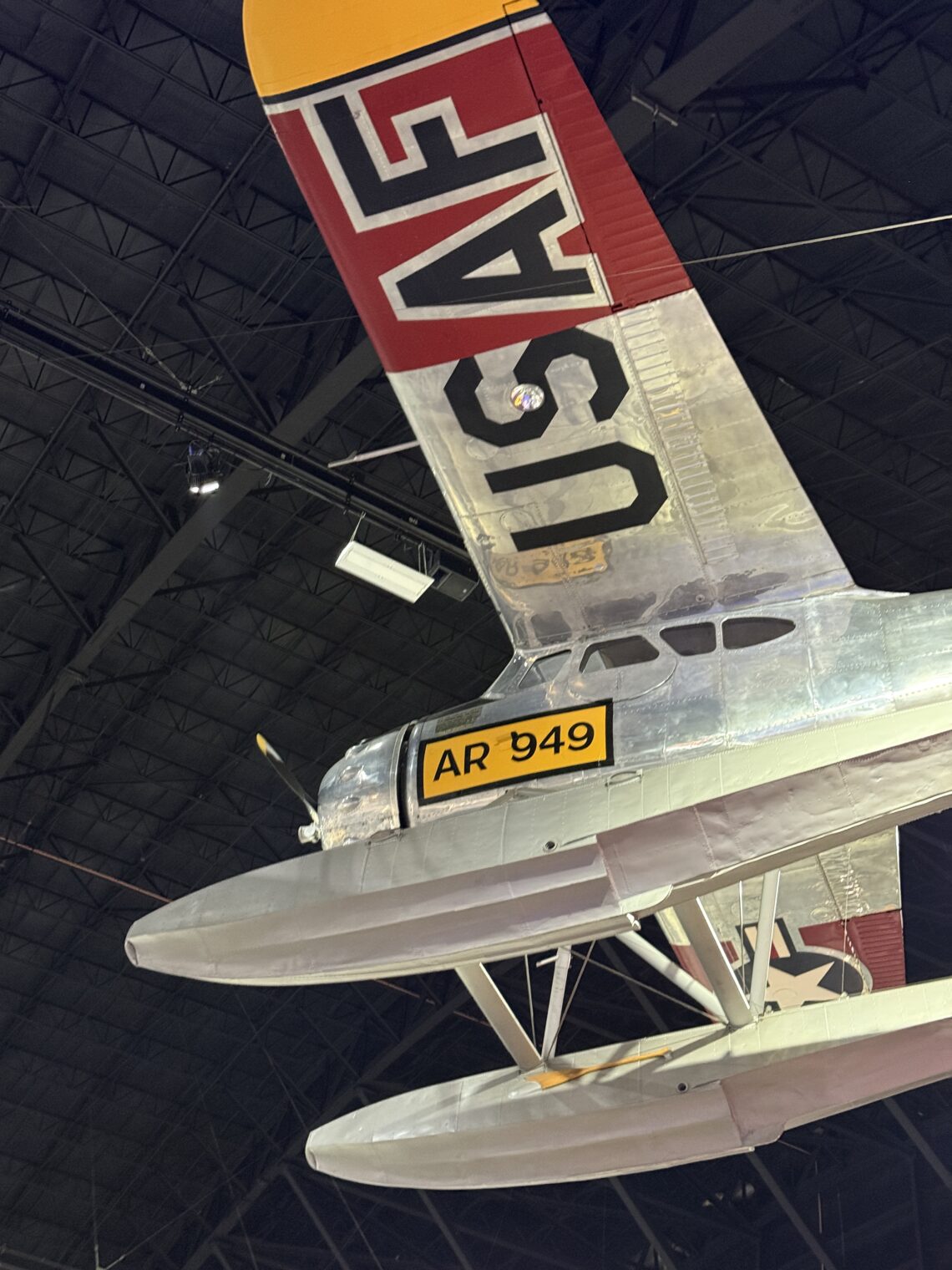
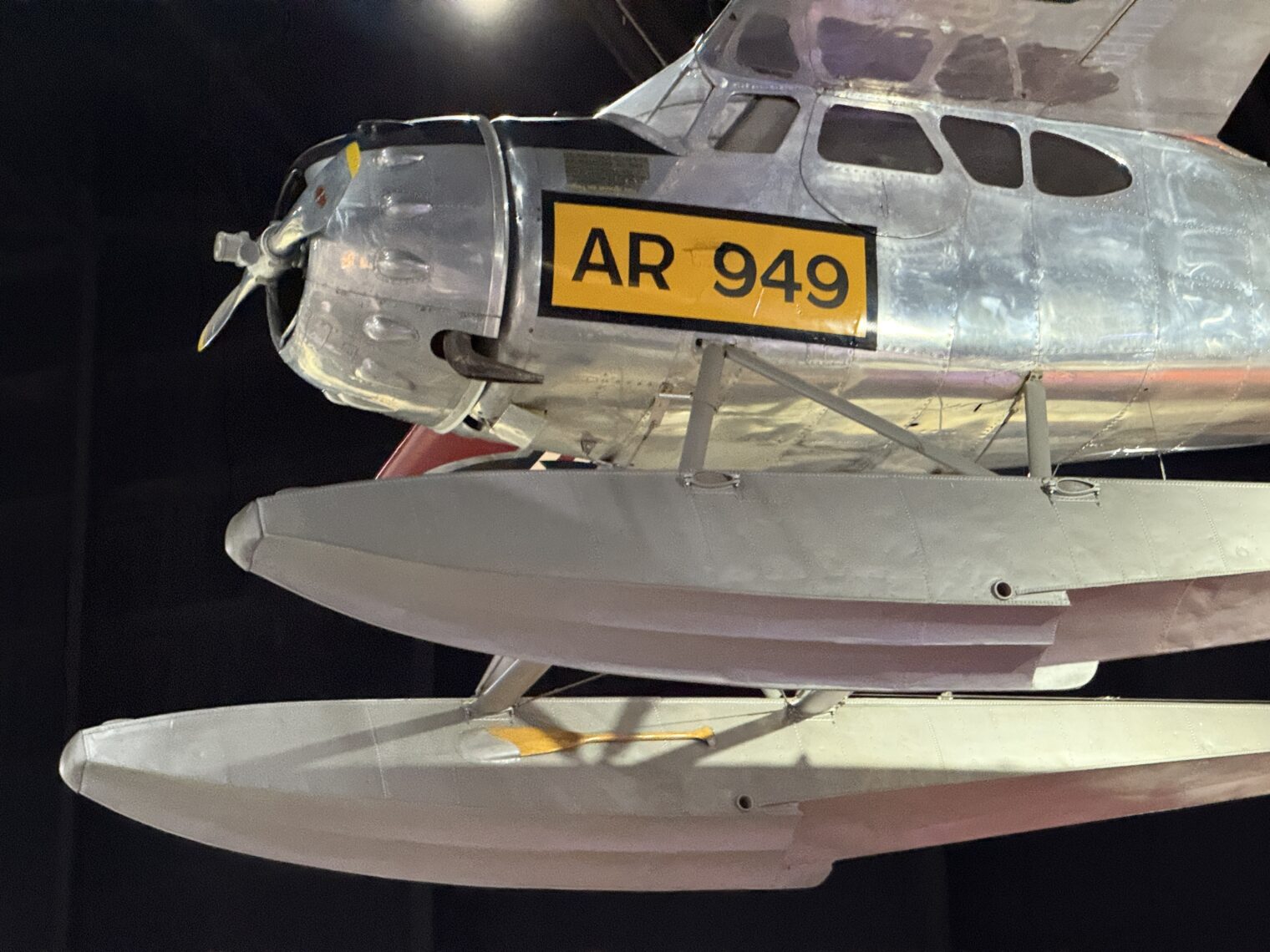
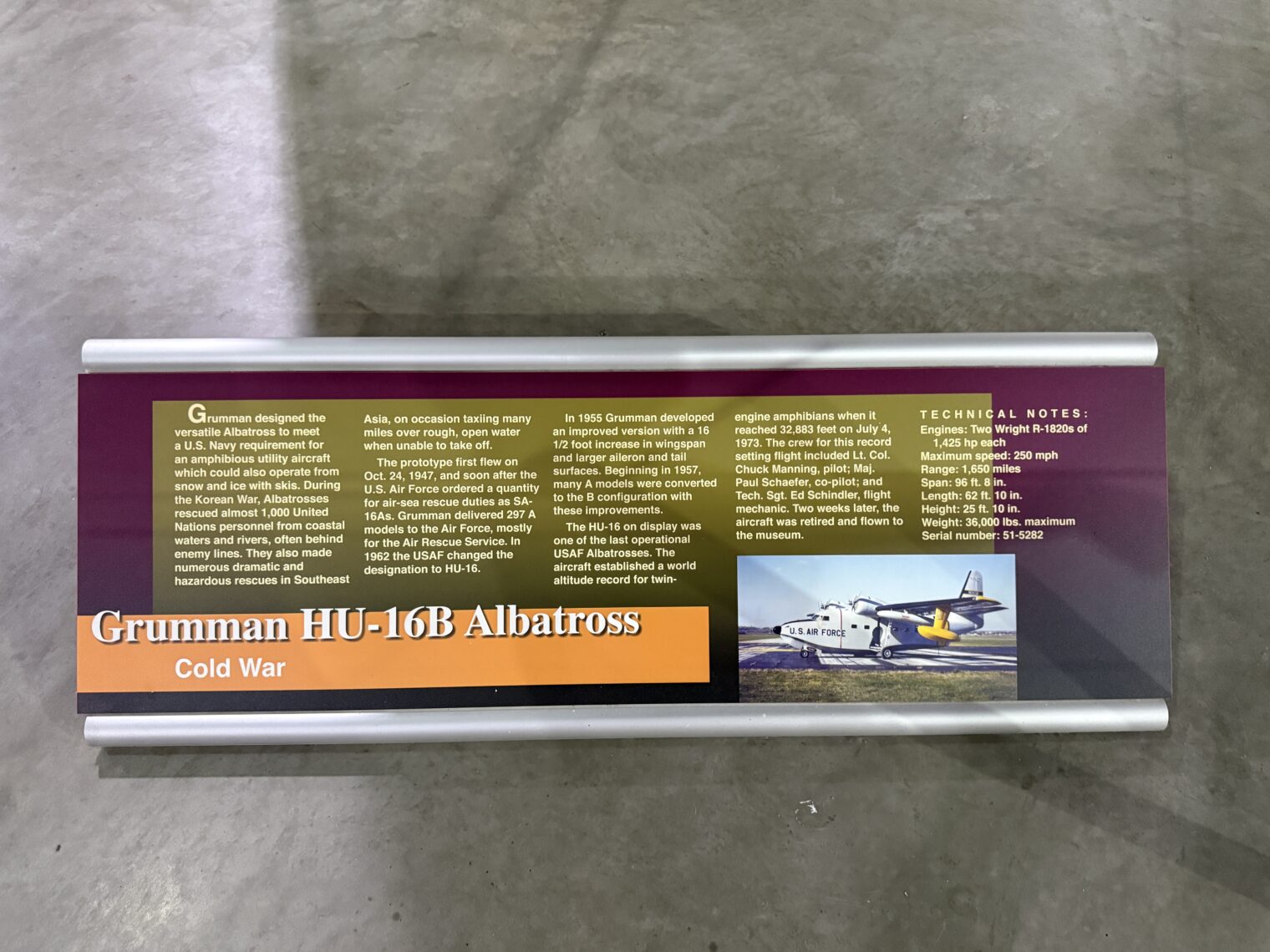
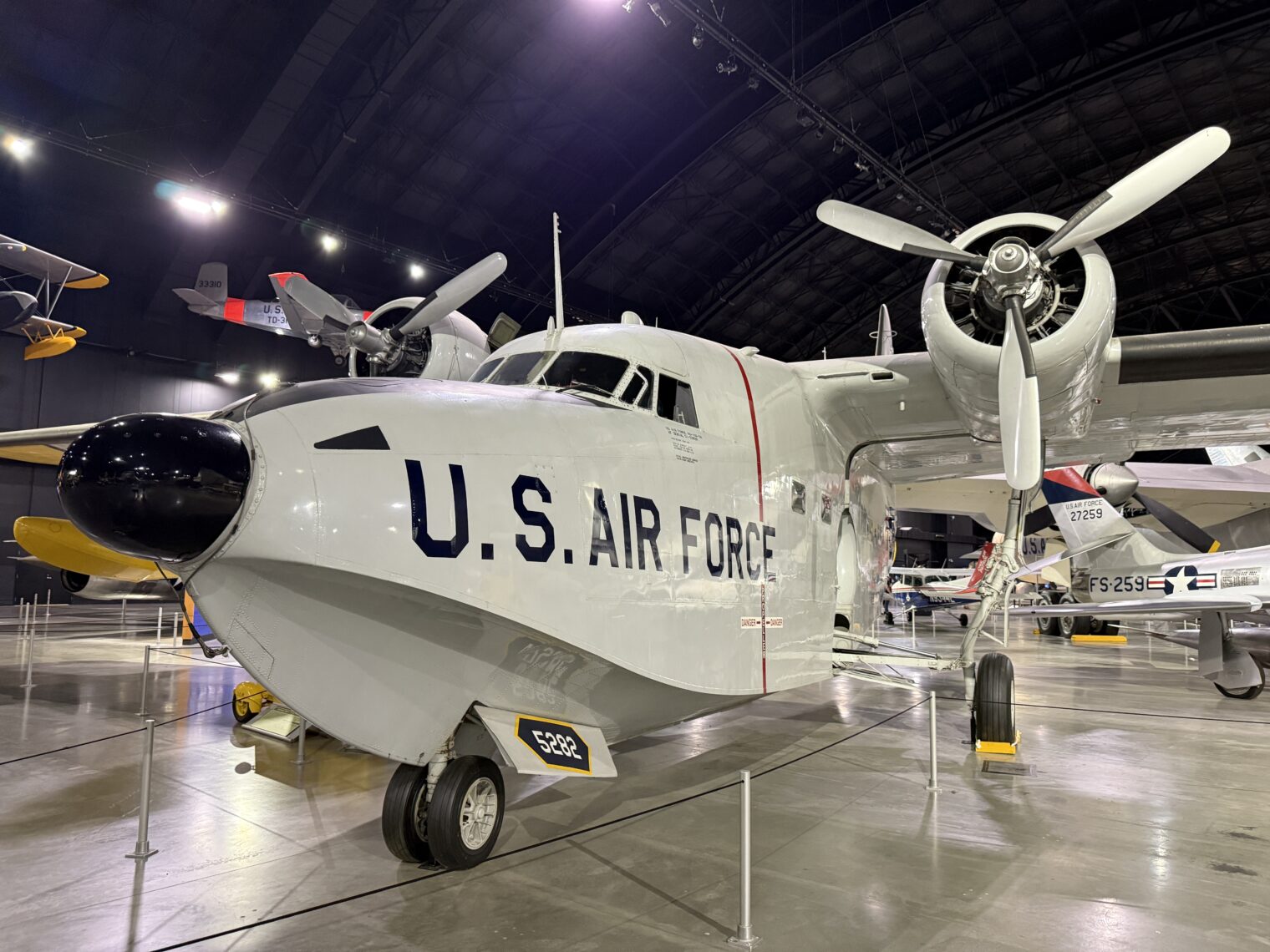
Imagine bragging about being an Air Force pilot and then being exposed as trundling along at 100 knots in a Cessna 195 on floats!
Speaking of feeble piston-powered machines, what about the Cessna 172? The museum describes the plane’s heroic role on September 12, 2001, shortly after the successful jihad against the World Trade Center:
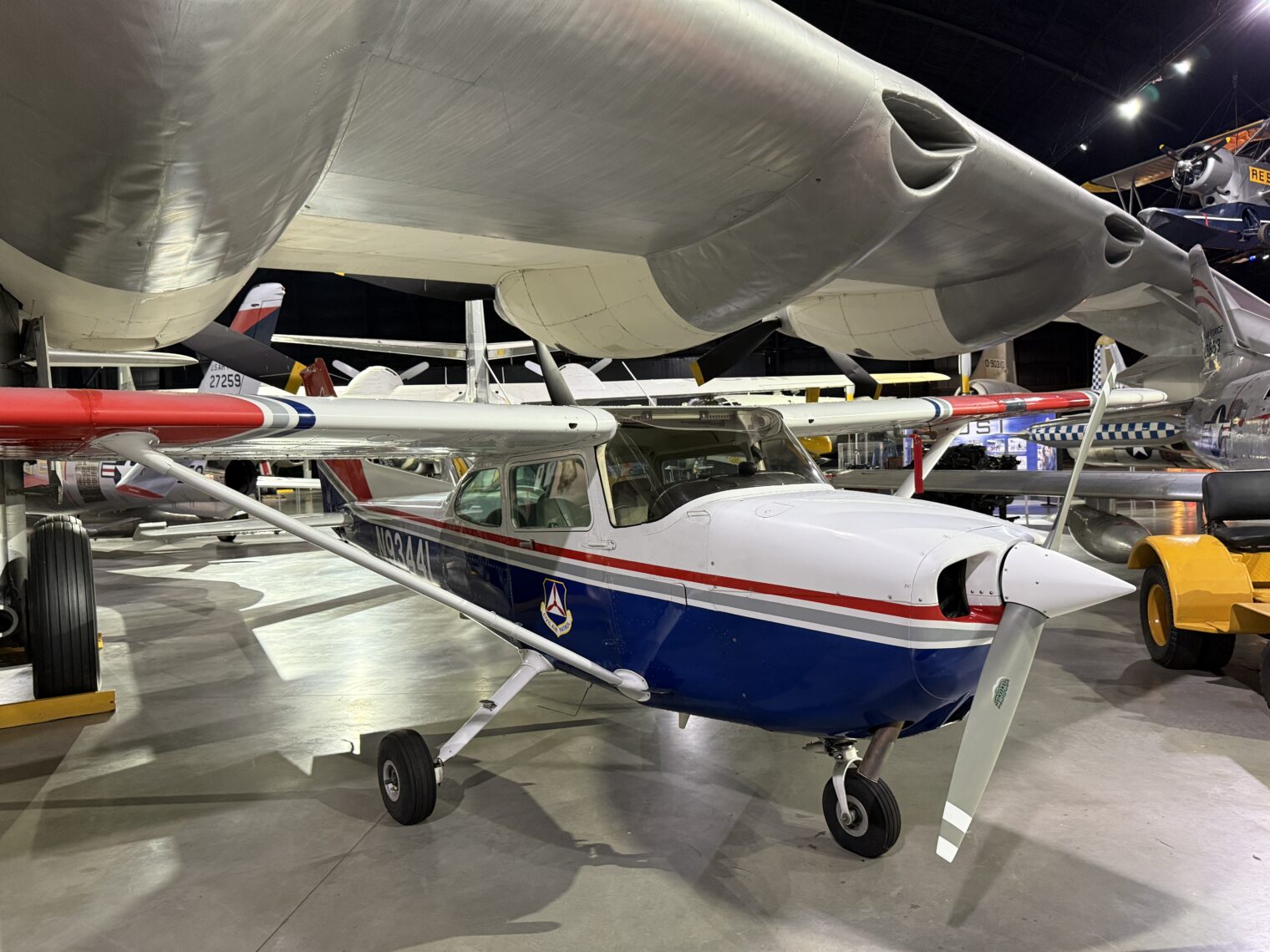
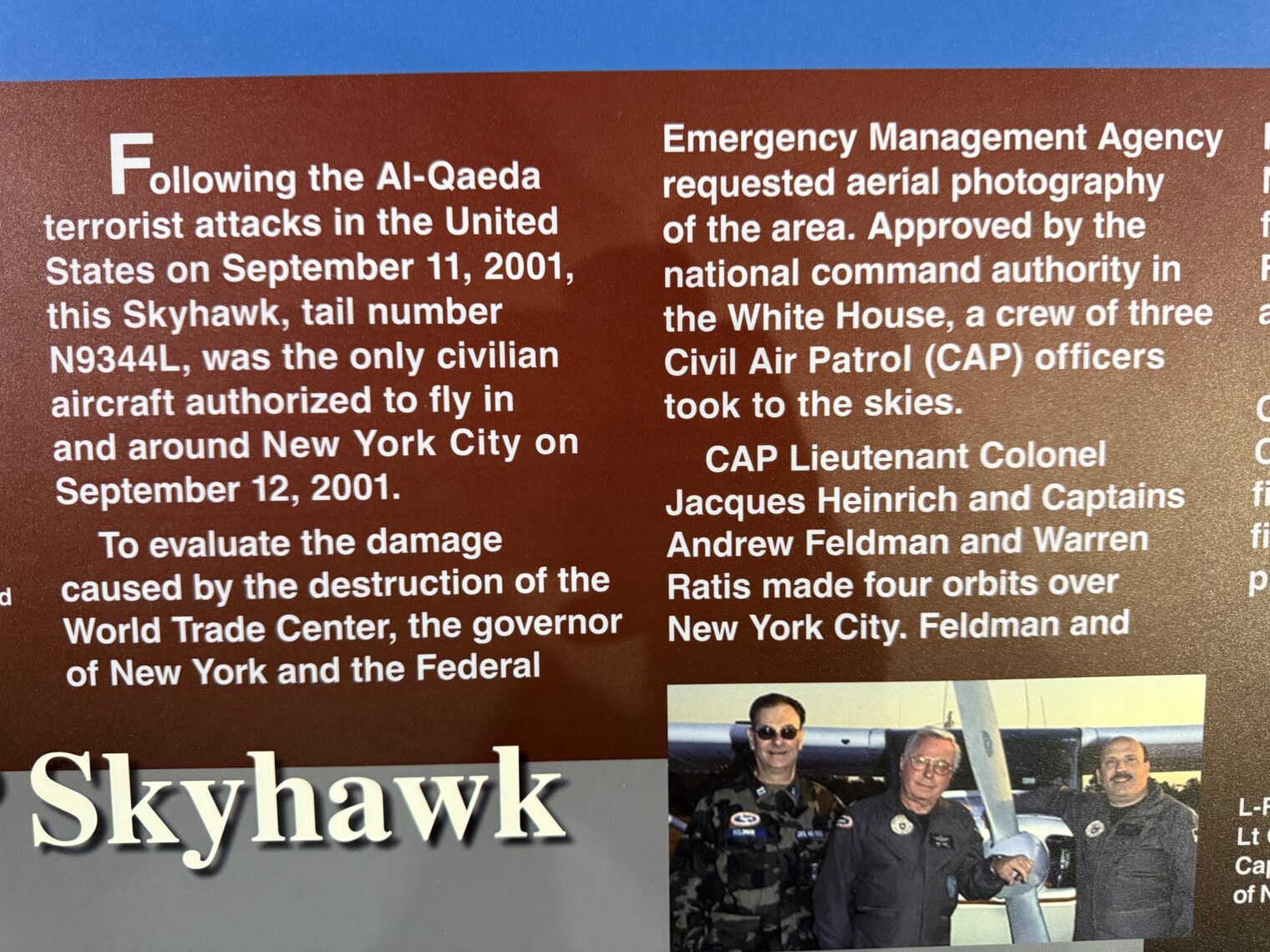
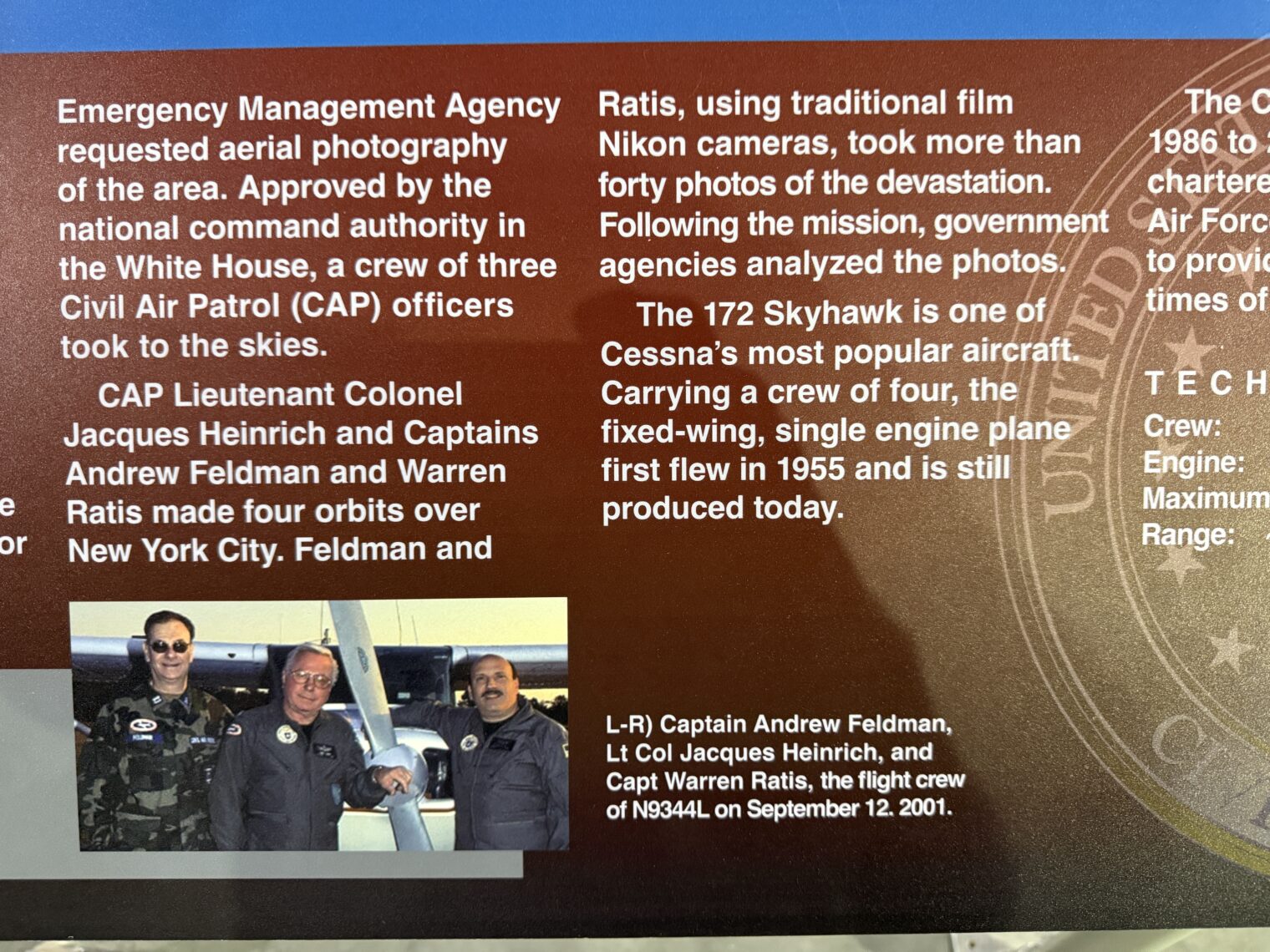
The uniform and “Nikon” of a C172-flying hero:
The museum highlights the heroism of other Civil Air Patrol officers:
For folks who love engineering, a cutaway F-86 (more relevant to the Korean War, but in the Cold War hangar):
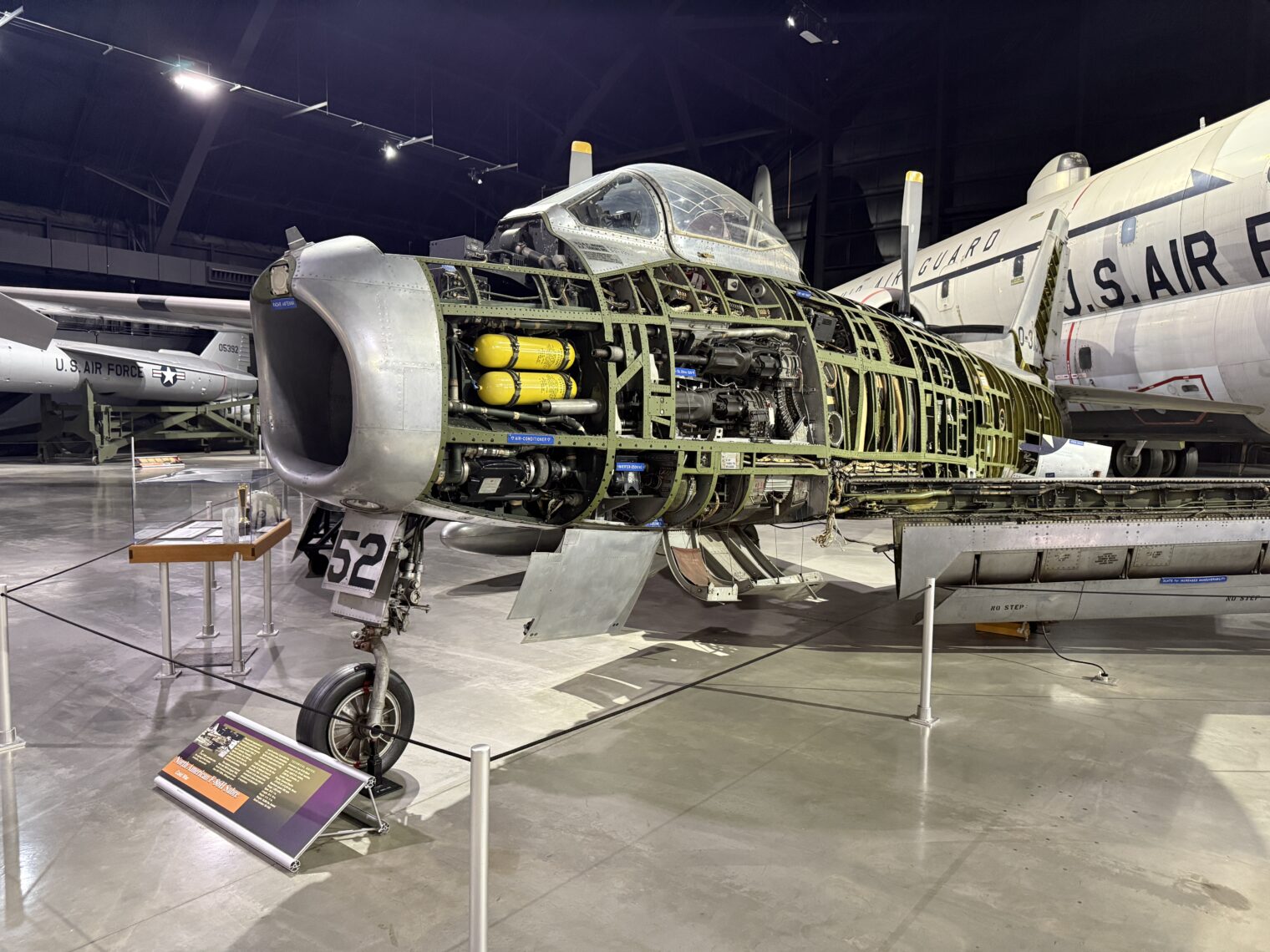
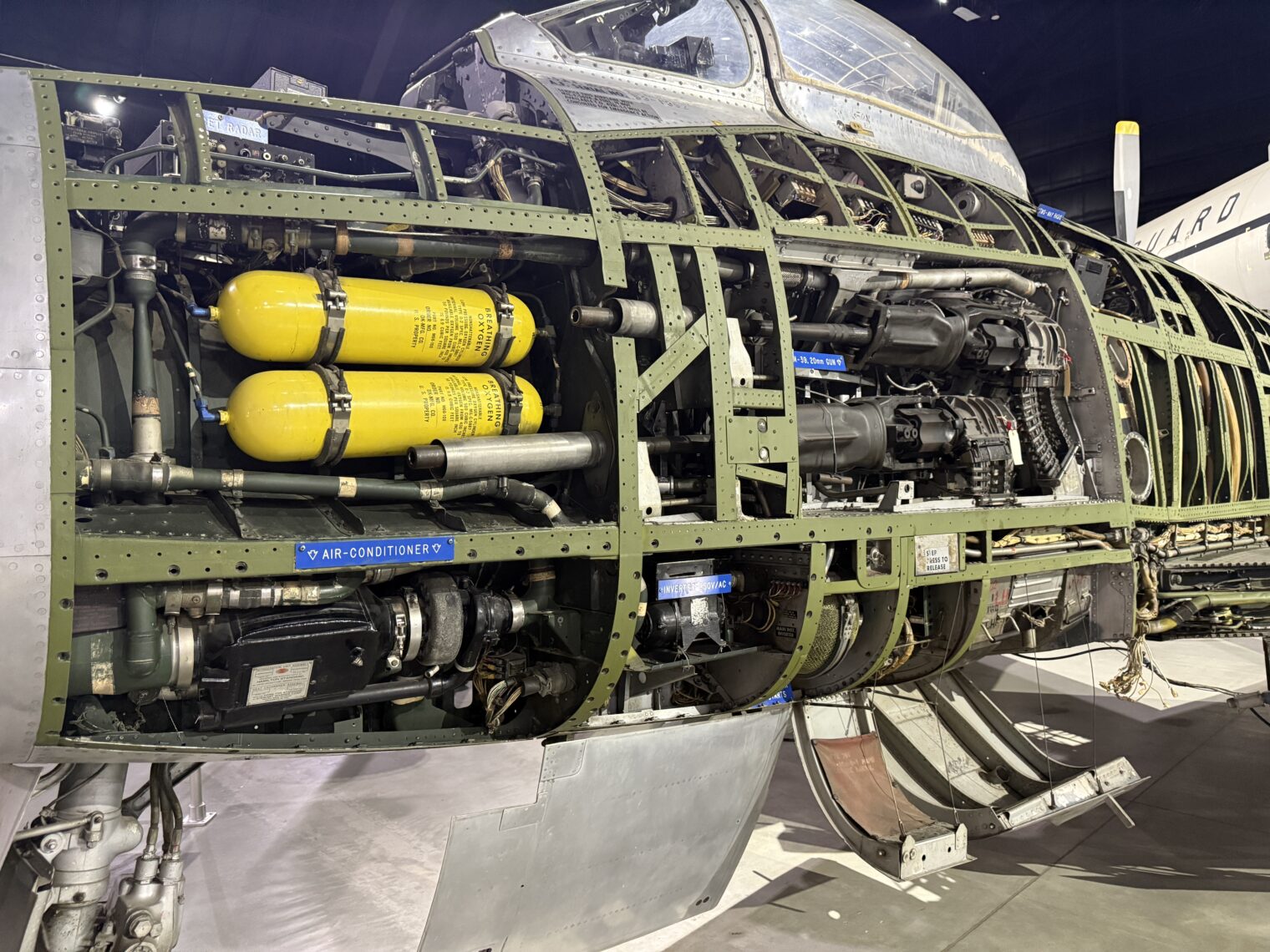
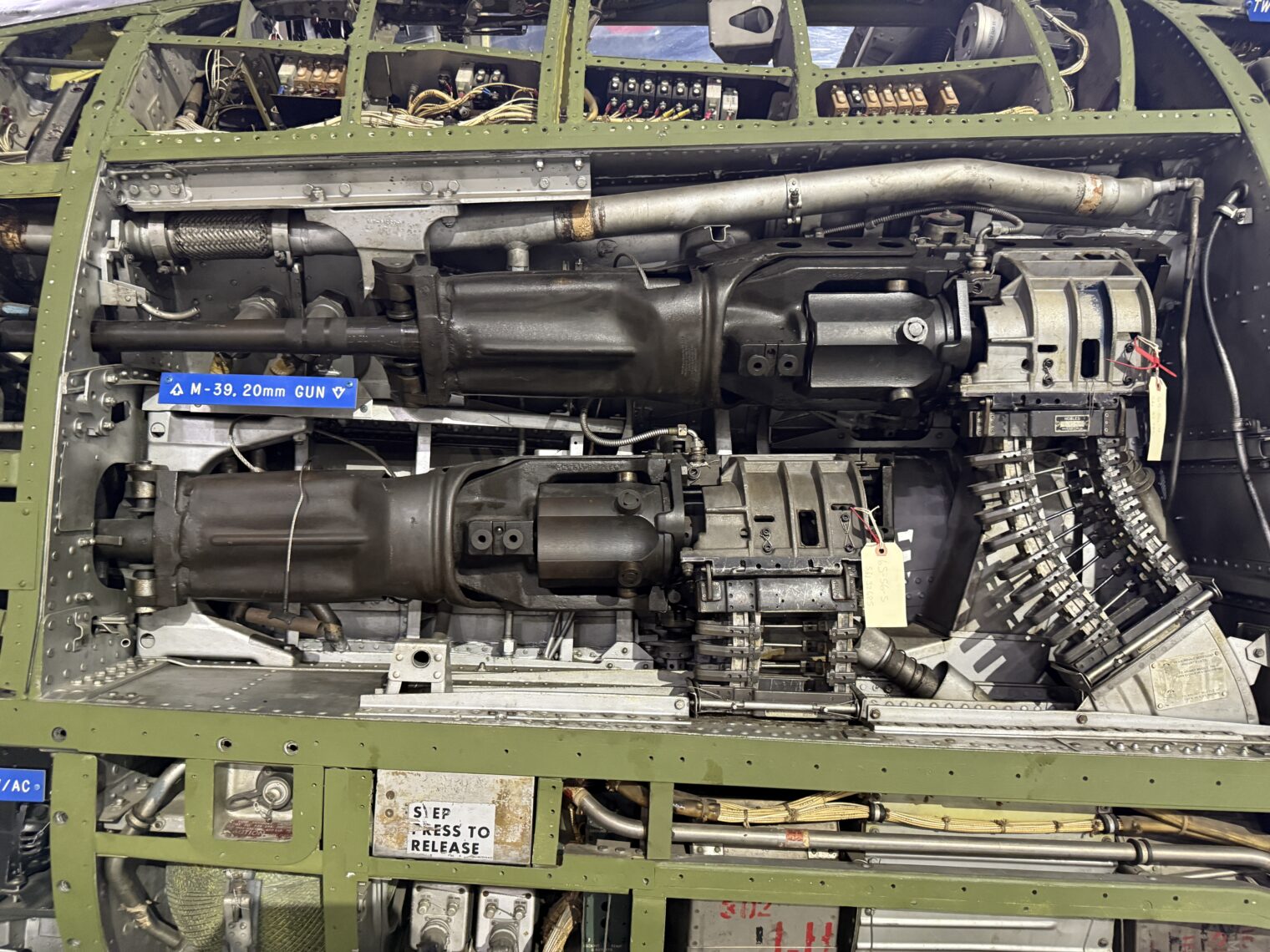
Also in the Cold War hangar, though describing a 2019 event, the Air Force highlights its refusal to follow Sharia and its prohibition on females leading worship of Allah for mixed-gender groups:
There are some outdoor exhibits as well, including this “simulator” that simulates flying by… flying.
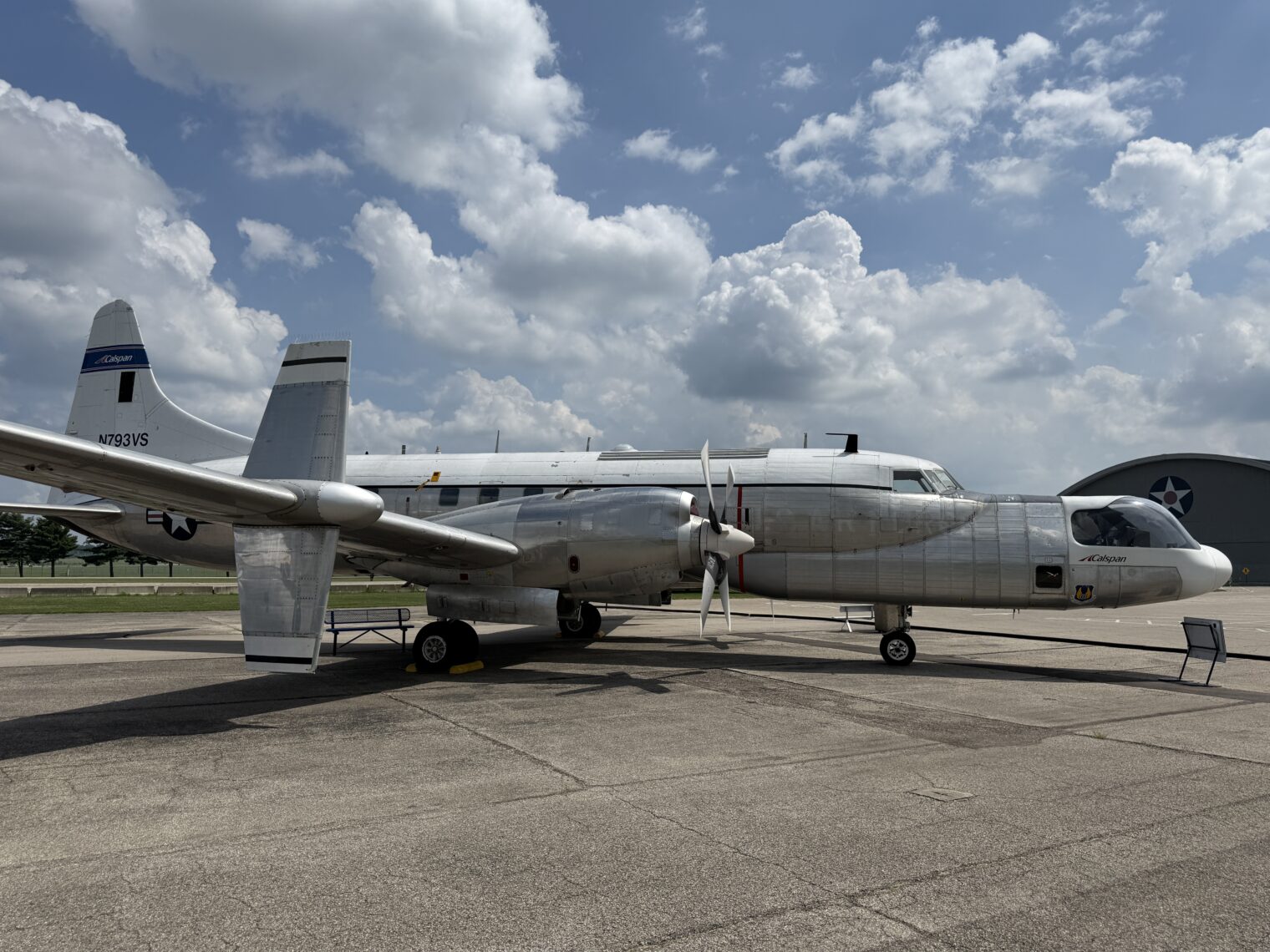
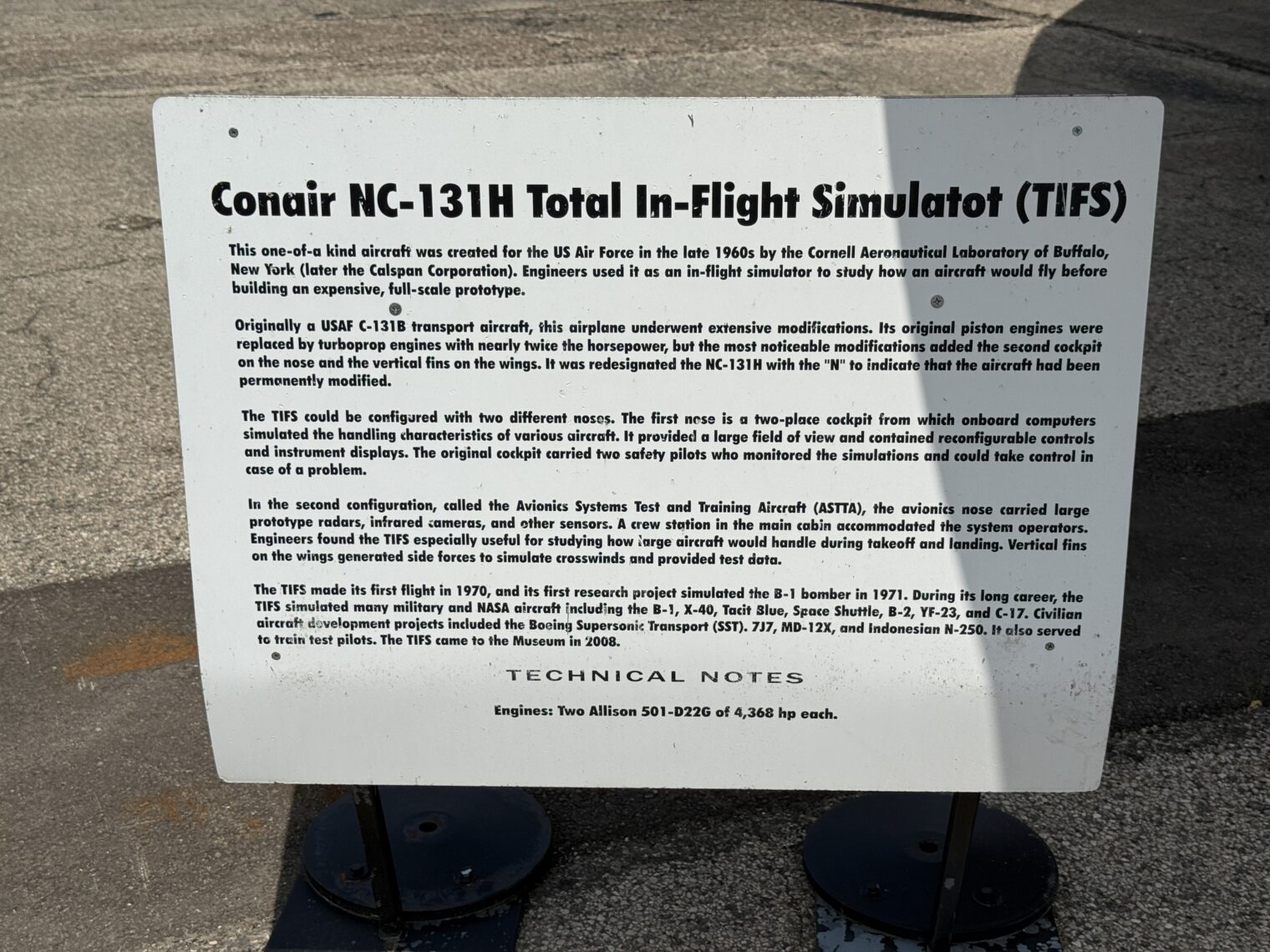
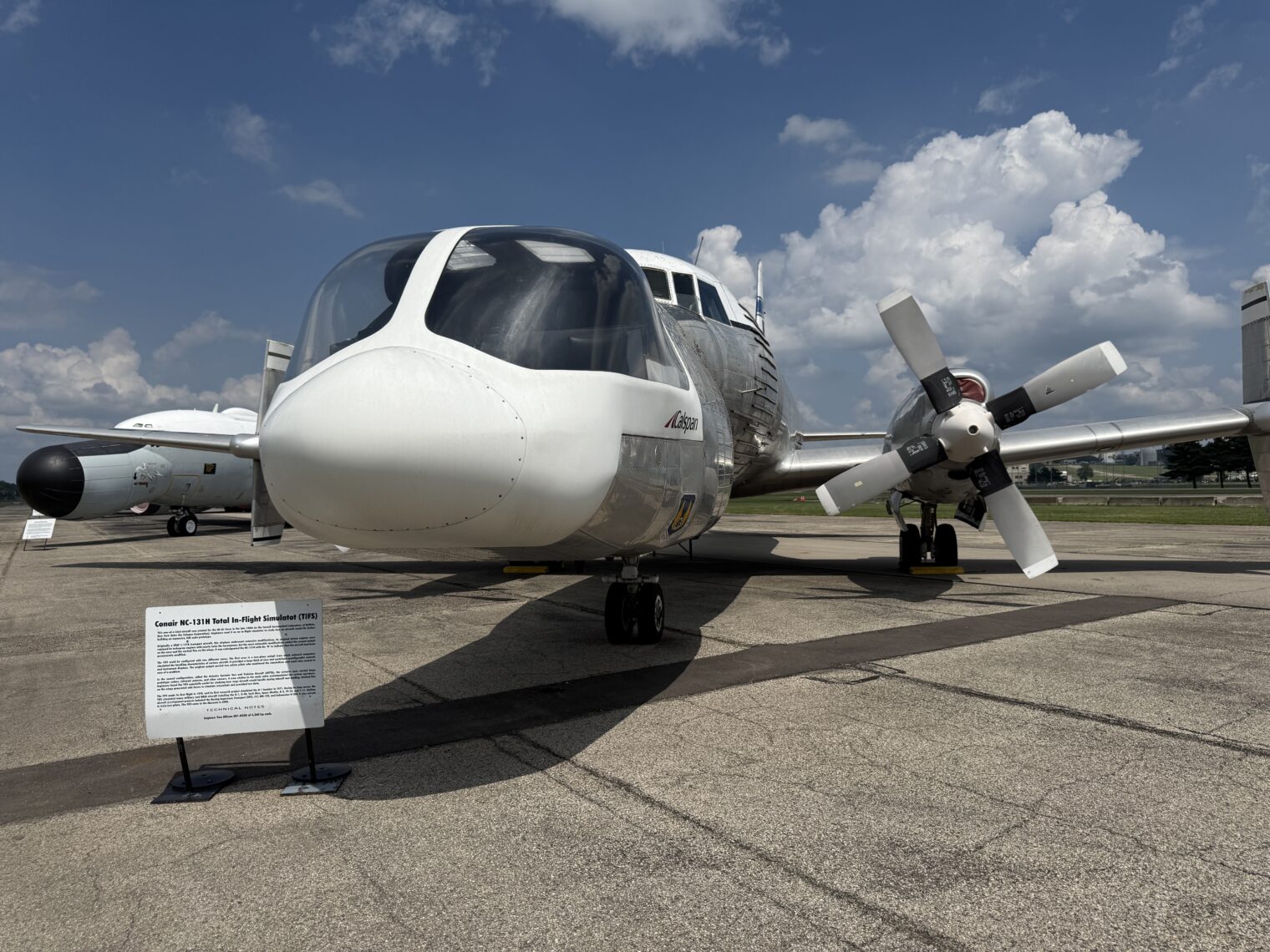
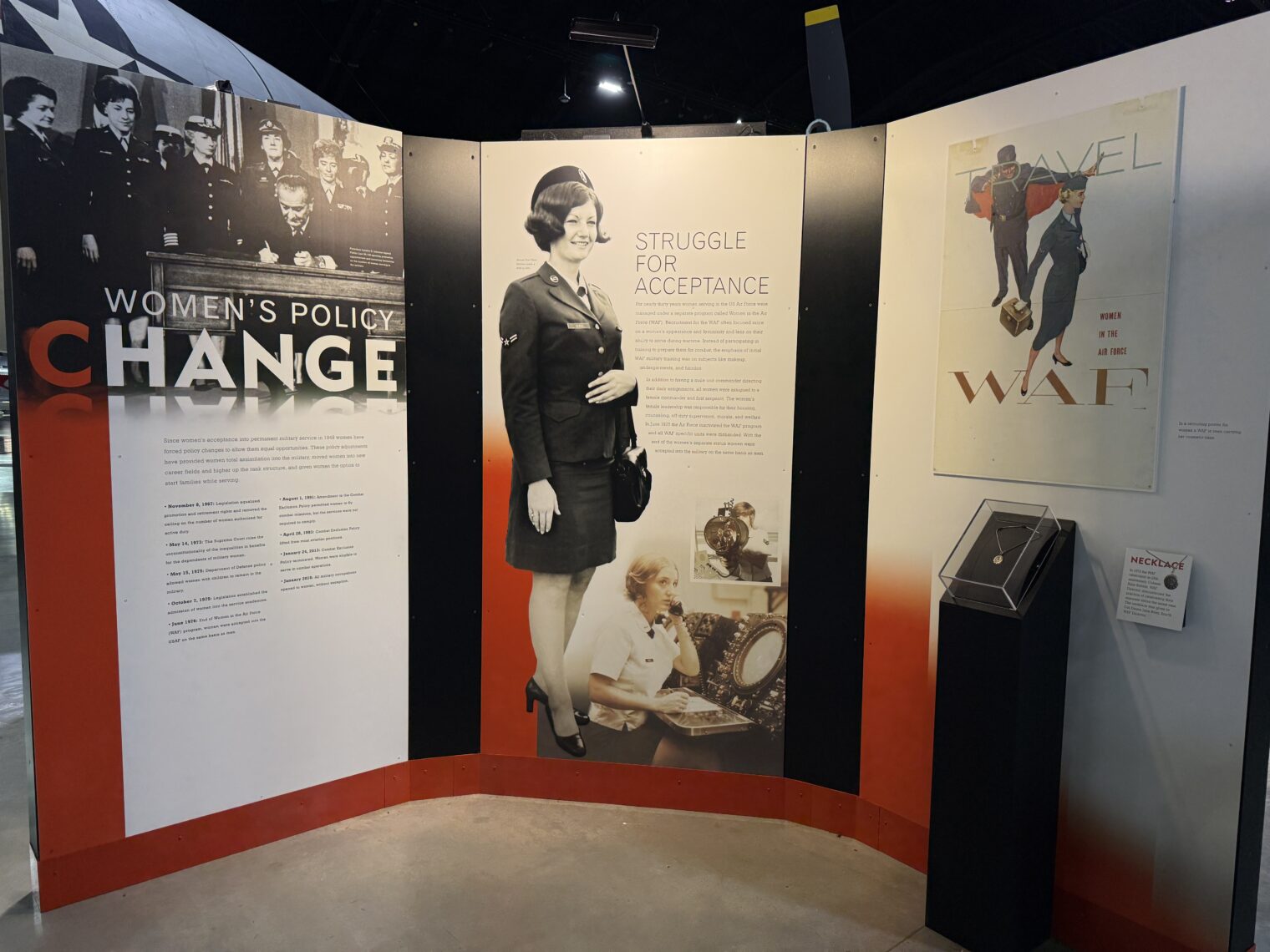
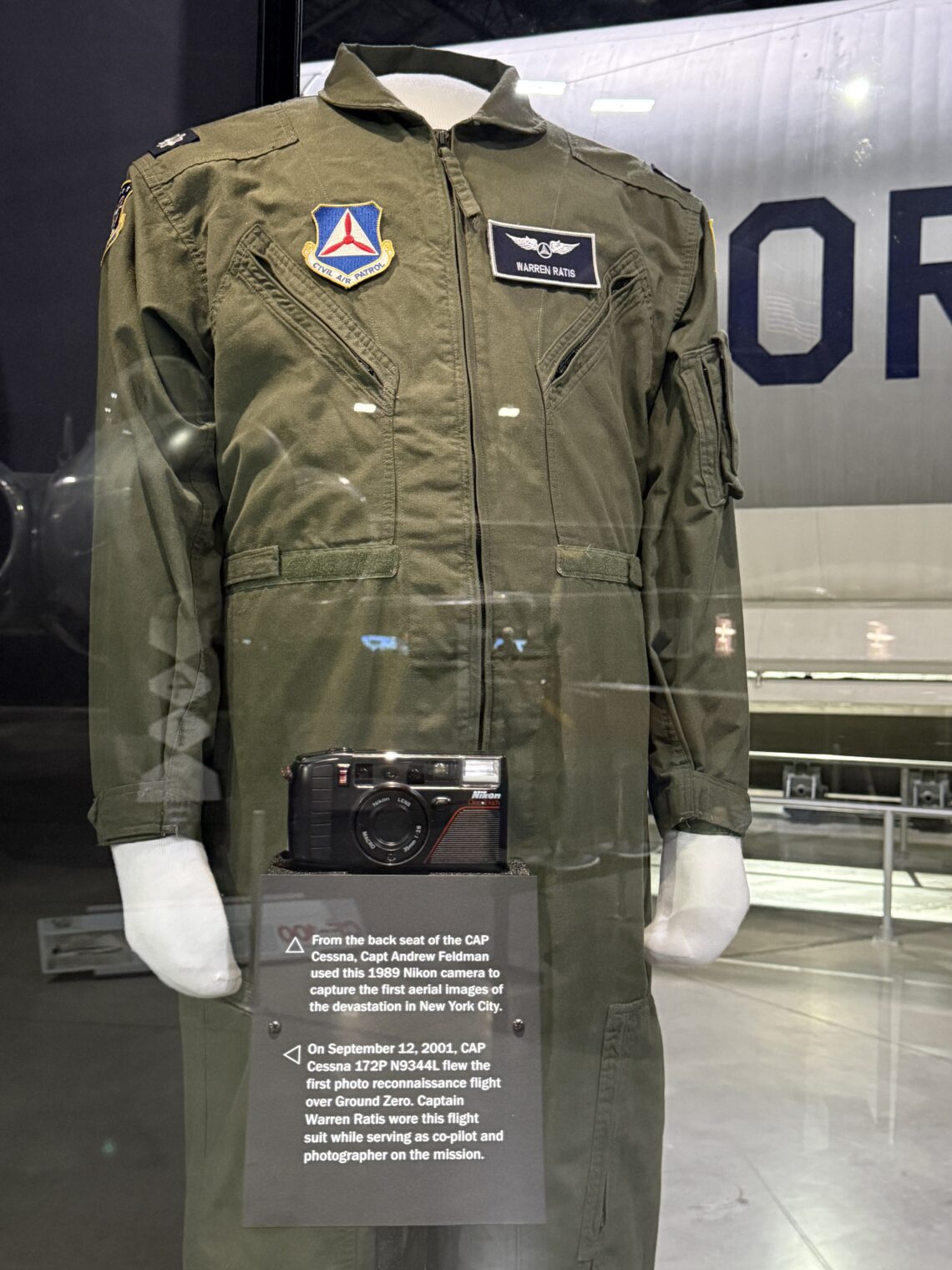
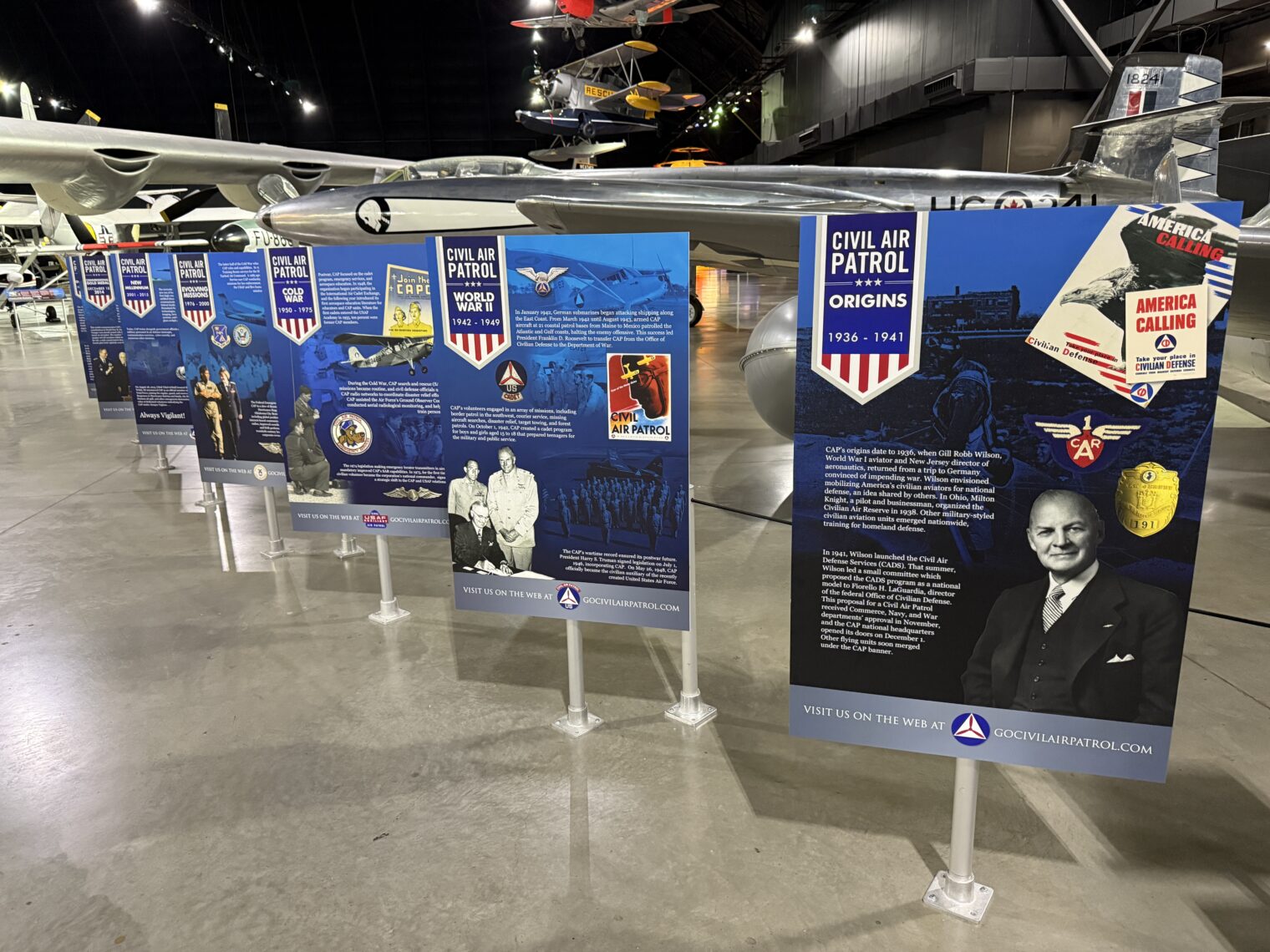
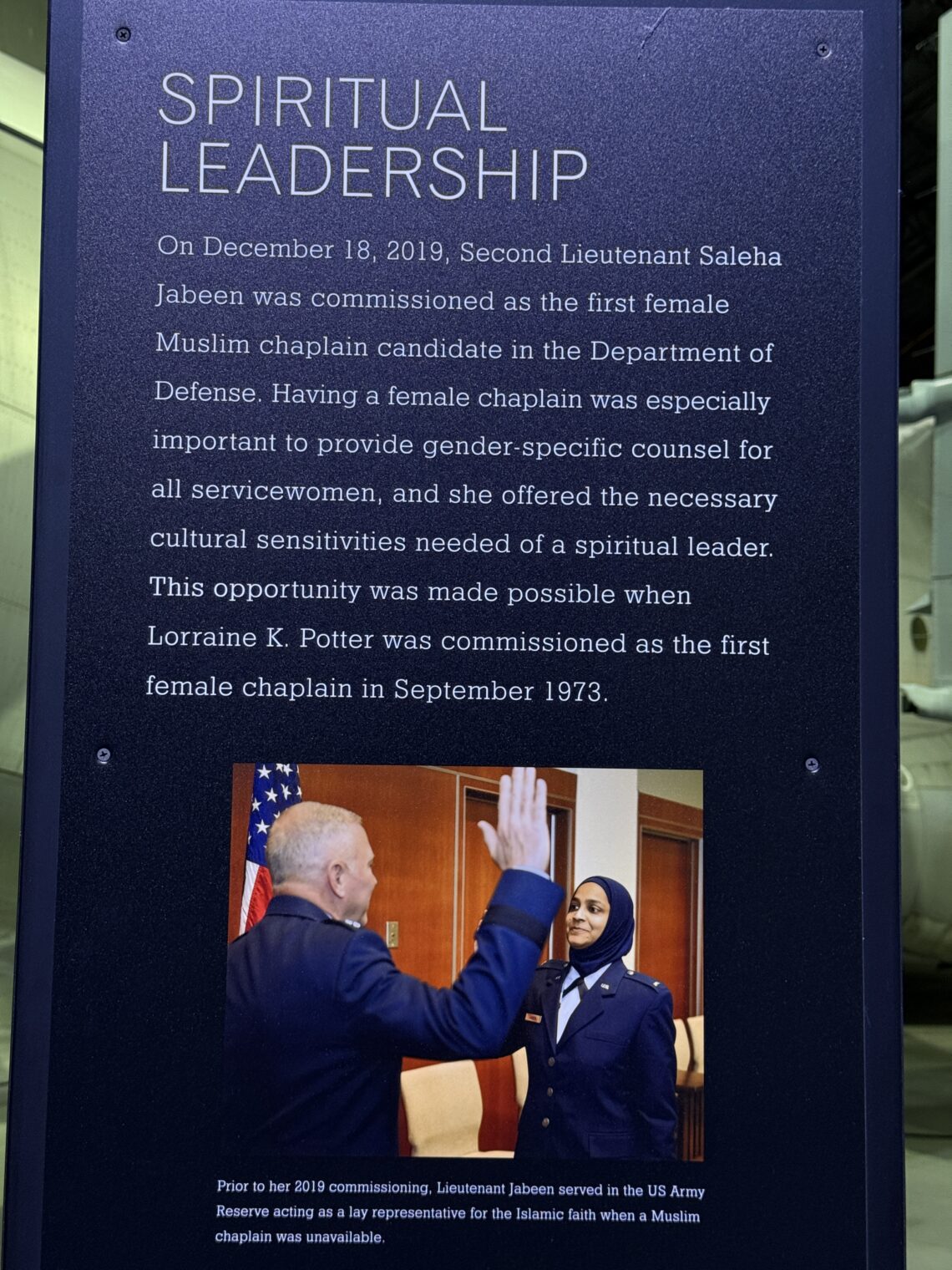
> For folks who love engineering, a cutaway F-86
Man that thing is tightly packed with components, reminds me of a Mac Mini. And they didn’t have CATIA’s interference add-on (or CATIA), either. Interestingly the cabin was pressurized–the oxygen seems to be for loss of pressure?
If you can believe ChatGPT-9000:
“You’re correct that the F-86 Sabre did not have an Environmental Control System (ECS) like modern aircraft. Instead, it relied on simpler systems to provide oxygen to the pilot. Here’s a more focused look at how oxygen was supplied in the F-86…”
I knew ChatGPT-9000 was being too sycophantic, “You’re right,” indeed. Some information from Collins:
“From its first environmental control system for the North American F-86D SabreJet in 1949 to its more electric ECS for the Boeing 787, Collins Aerospace has been providing passengers with safe, healthy and comfortable cabin air for more than 70 years.”
[Trigger warning: may contain reassurances about Covid.]
https://www.collinsaerospace.com/news/stories/2020/06/cabin-air-cleaner-than-you-might-think.
I’m going to stop thinking for a while, it hurts my head.
Also interesting to contrast the skinned one:
https://en.wikipedia.org/wiki/File:F86Sabre.JPG
(Sorry for the broken in two post, JavaScript just took over and posted.)
It looks the the museum has a program for young people interested becoming a pilot:
https://www.nationalmuseum.af.mil/Education/Introduction-to-Becoming-a-Pilot/
Probably not as good as Phil’s, though. Apologies if this has already been mentioned. I’m feeling somewhat conciliatory today.
Another cool Cold War display is the B-29 you can walk through – from the nose past the bomb bays.
The Air Force One planes are also great.
When I grow up, I want to be a woman.
*I* want to be a man with a strong woman’s job in my semi-retired years. Since my name is Stew, I thought being a flight attendant would be a fun job. It would be PC again for passengers to say, “Hey Stew, more peanuts, honey”, and accurately toss them a bag from across the cabin (I don’t throw like a girl).
In an emergency I could toss on a crimped wig, take over the flight controls, and become a woman hero from all my hours on MS Flight Simulator 3.0. I could do some of my stand-up comedy material on the pre-flight safety briefing. “We know you have a choice of airlines, so we are wondering why you chose to fly Crapways.” If some guy grabs my butt, I can say, “I’m taken sweety.” Not sure if it can be combined with an air marshal–would be a fun combo.
At this point all we are missing is rocketry…
>Rocket Park invites visitors to explore real NASA artifacts including a Gemini-Titan II Rocket, a Mercury-Atlas D Rocket, and a Saturn V F-1 Engine. These artifacts date back to the 1964-65 World’s Fair, when these were state of the art vehicles for space exploration.
https://nysci.org/exhibits (hard to find on mobile site).
> Imagine bragging about being an Air Force pilot and then being exposed as trundling along at 100 knots in a Cessna 195 on floats!
Anybody been to this museum?
https://oldrhinebeck.org/old-rhinebeck-aerodrome-museum/
I went to the Rhinebeck air show when I was about 8.
Many years later, my favorite plane ride of all time was 15 minutes in a Travel Air, speaking of slow planes built in Clyde’s garage. Speed is overrated, IMO.
I’ll let someone else talk now.